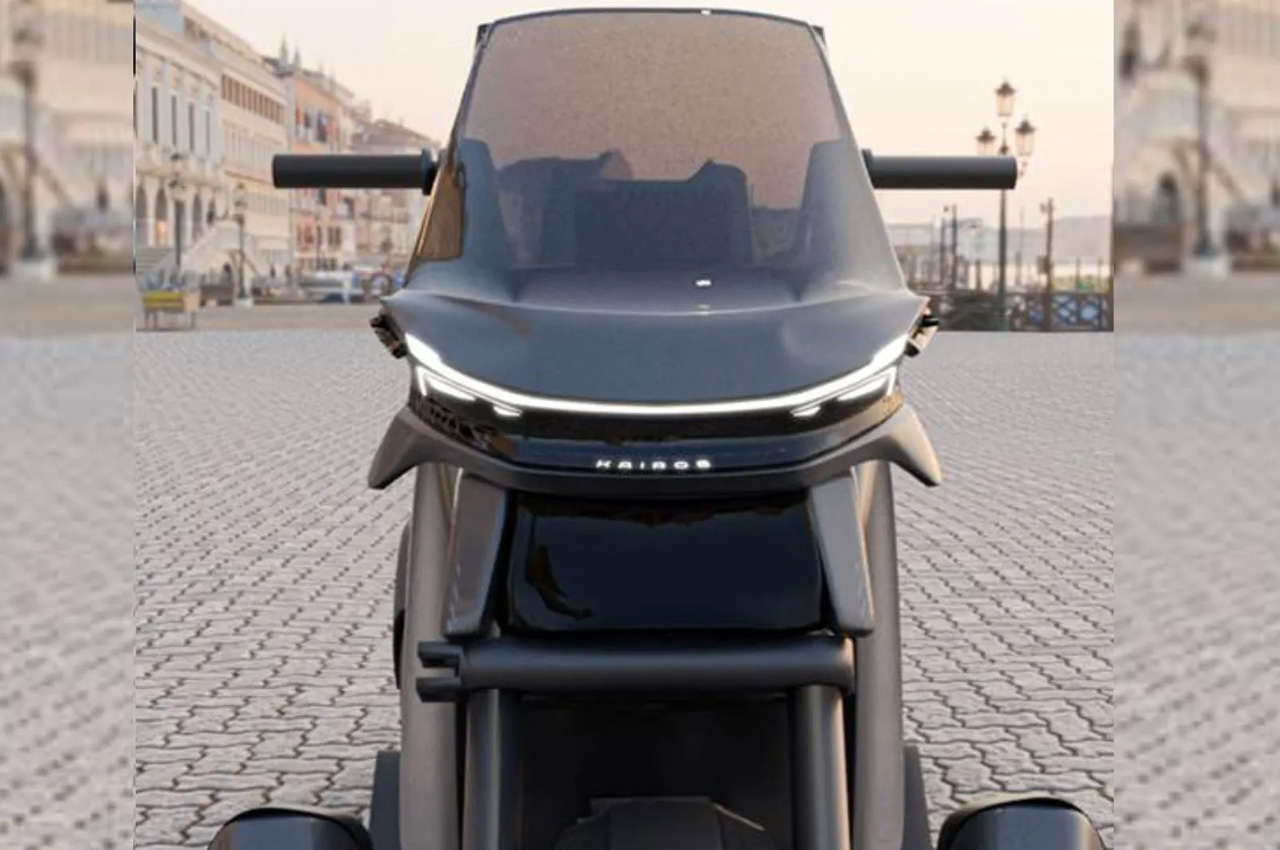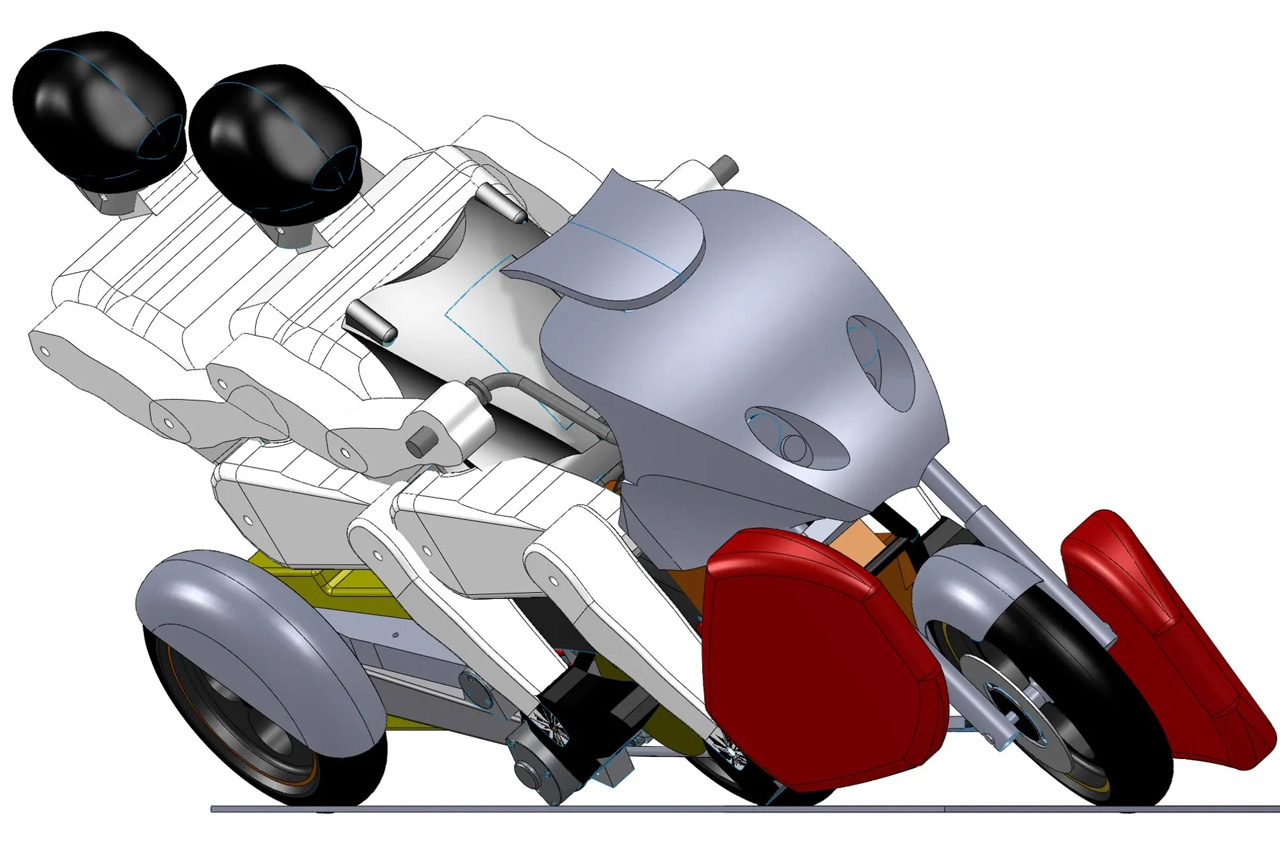Lexus is retiring the LS sedan after 2026, marking more than three decades of trust and user convenience. The Japanese luxury brand has not, however, given up on the LS moniker as it debuts a trio of concepts at the Tokyo auto show that includes a six-wheeled van, a self-driving three-wheeled robotaxi concept for cities, a larger-than-life catamaran, and a more conventional coupe.
None of these concepts is slated for a production run anytime soon, and the idea here looks to preserve the legacy of the LS division, which has served the brand well all these years. Toyota’s luxury brand debuted these interesting creations at the mega auto show with positive response from automotive pundits and motorheads alike.
Designer: Lexus
LS Van Concept
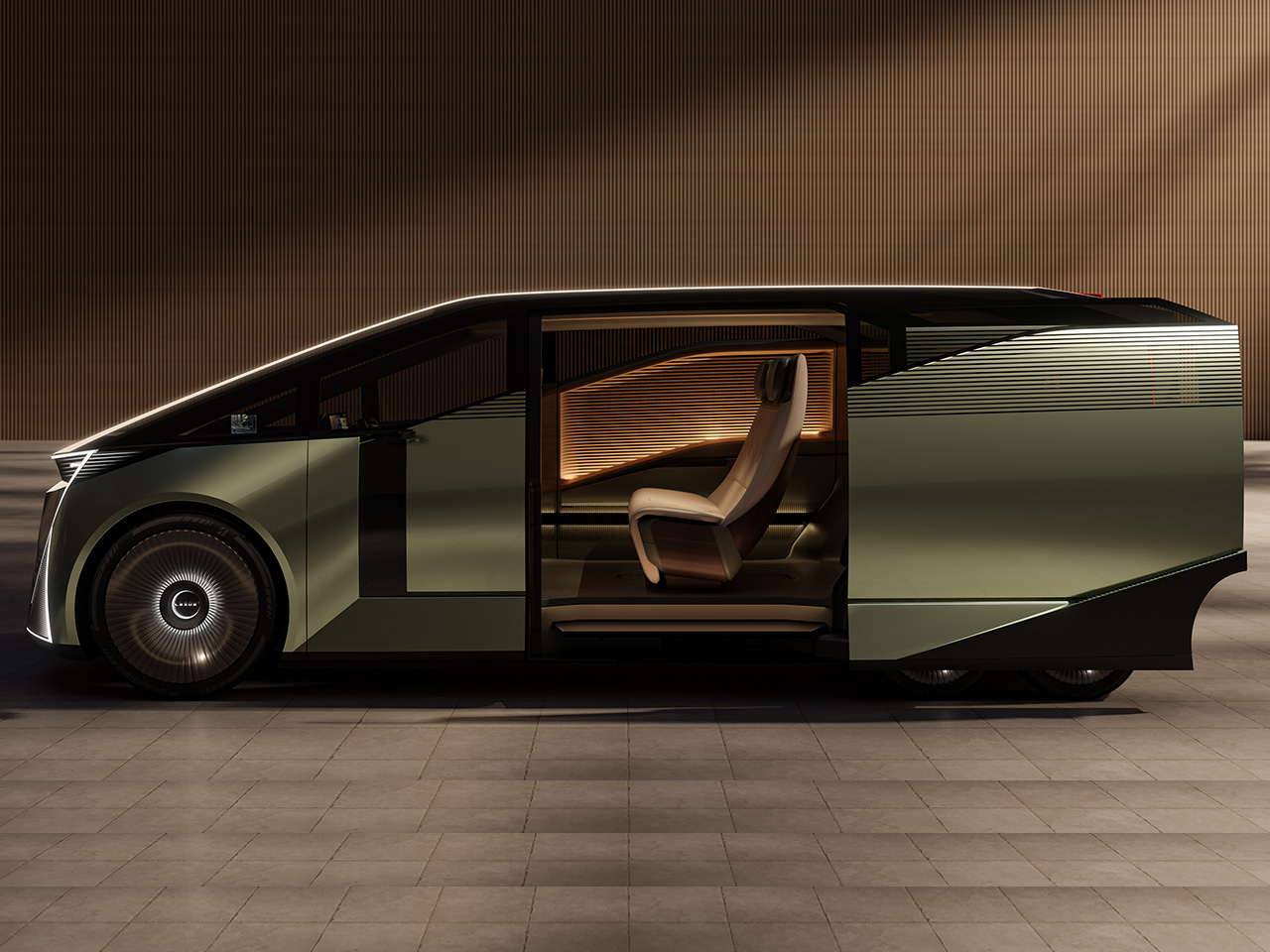
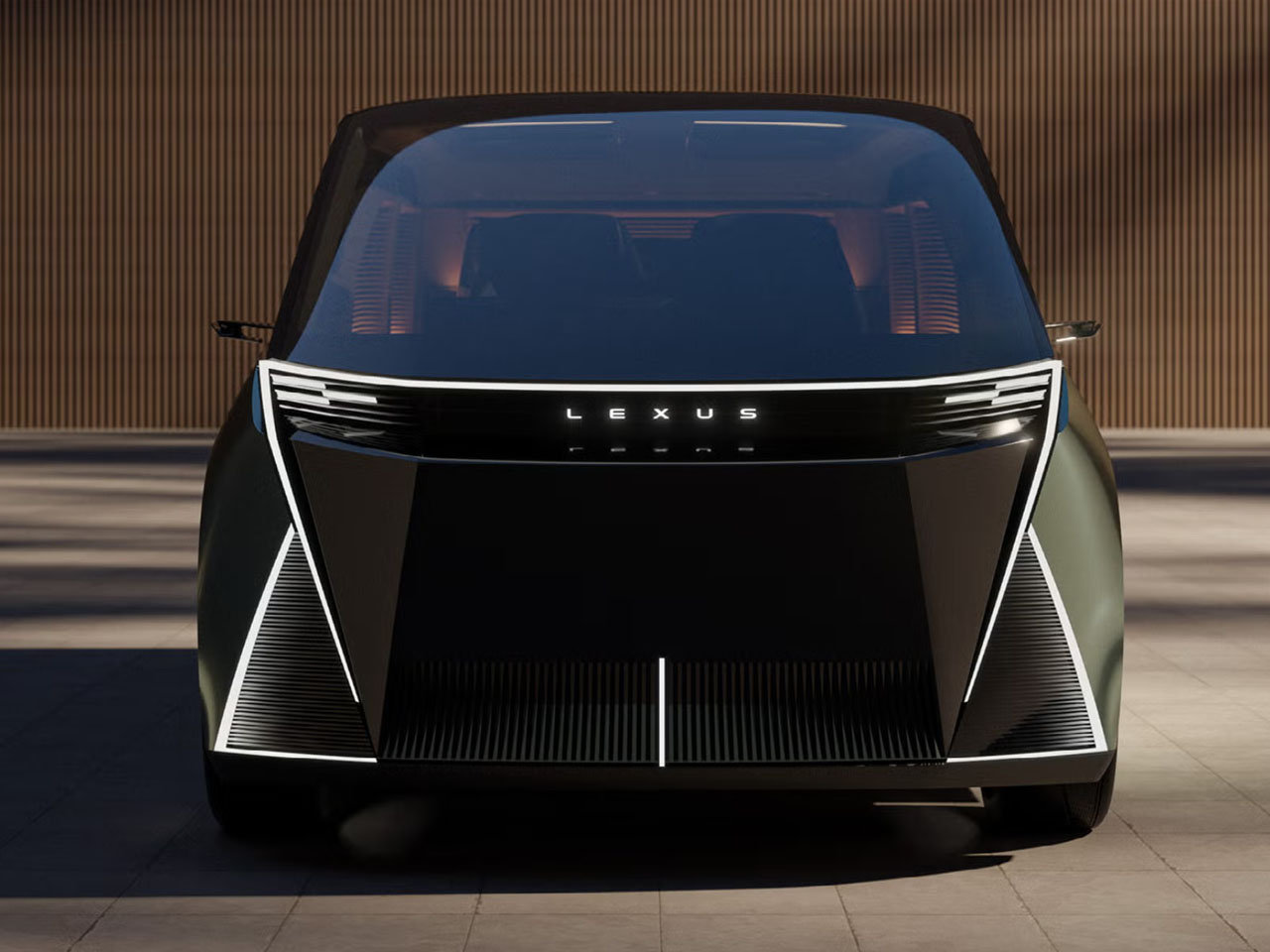
Lexus sells vans in the Asian and European markets, but not yet in the American market. The LS Van Concept takes that idea to the next level with a design that reassures its usefulness for digital nomads. The LS here signifies the Large Space aesthetic of the van, complemented by the luxury amenities that’ll never leave anyone longing for more. The vehicle has six wheels courtesy of an extra axle, giving the van more room for increasing the interior space. That means the vehicle can easily accommodate four to six people on extended adventure trips. In the relaxed mode, the two front seats can be rotated to face the rear for a more socializing layout when parked.
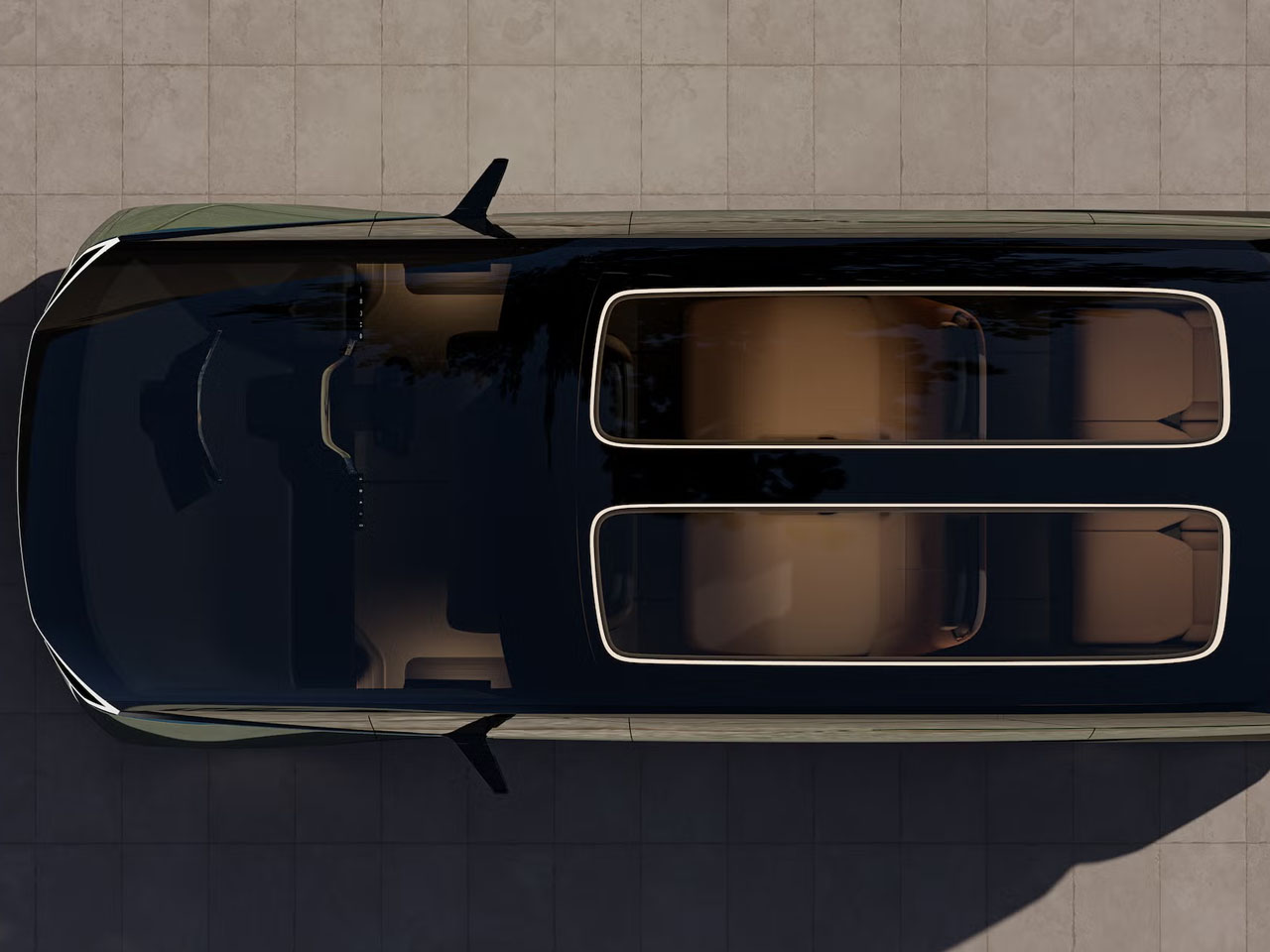
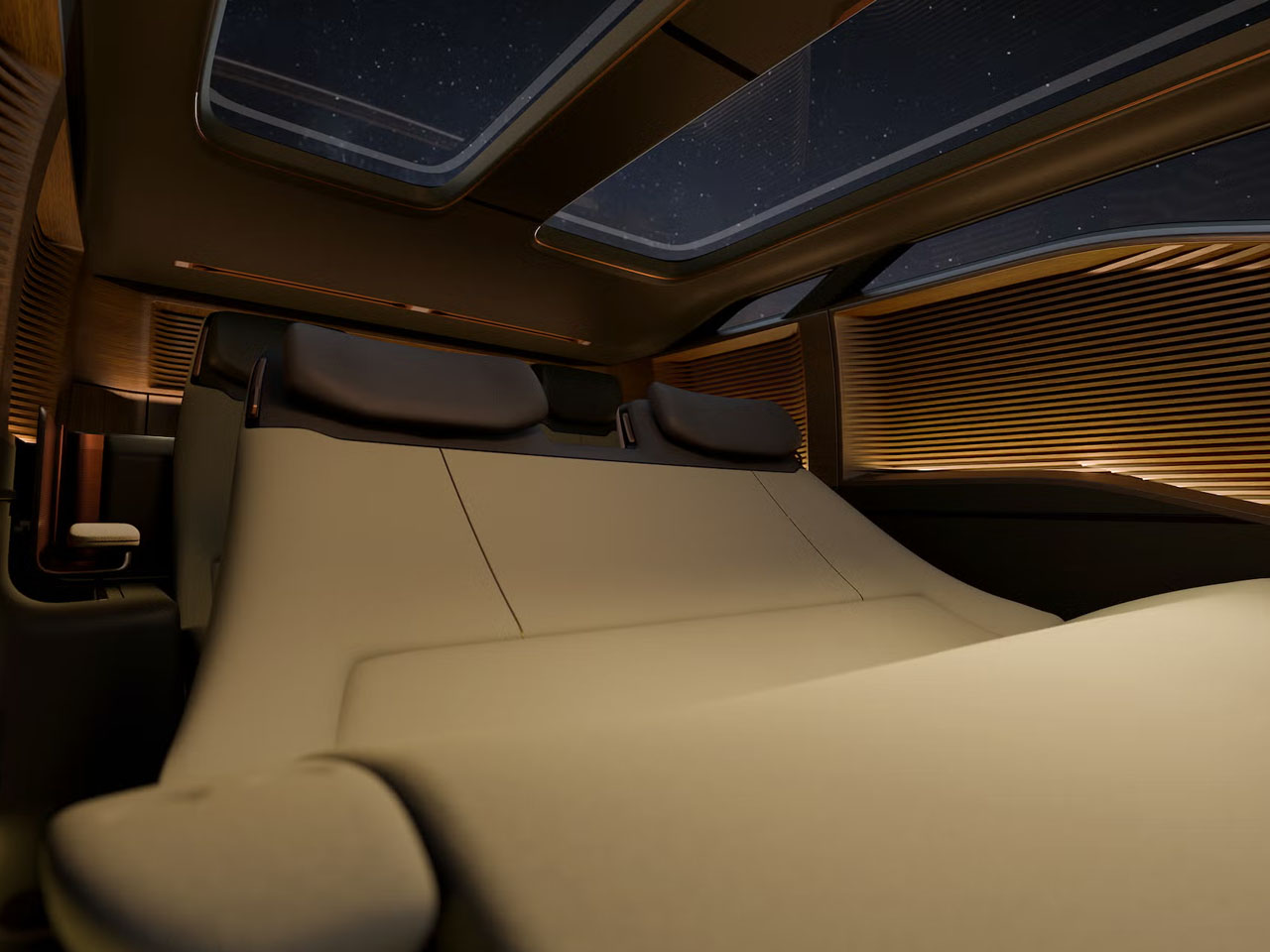
Rather than being a four-door saloon, the van is stretched out to revive the charm of spacious vans. The sliding door opens to reveal the interior space that is unlike any Lexus before this one. The airy cabin has large windows and a couple of skylights that are adjacent to each other for a panoramic view outside and to enjoy the night sky in its full glory. The seating configuration inside can be done in multiple configurations, including the large captain-styled seats or the reclining bench layout that can double as a nighttime sleeper for an adult. Up front, the luxury van has a curved digital display behind the yoke steering, which shows all the vitals HUD elements.
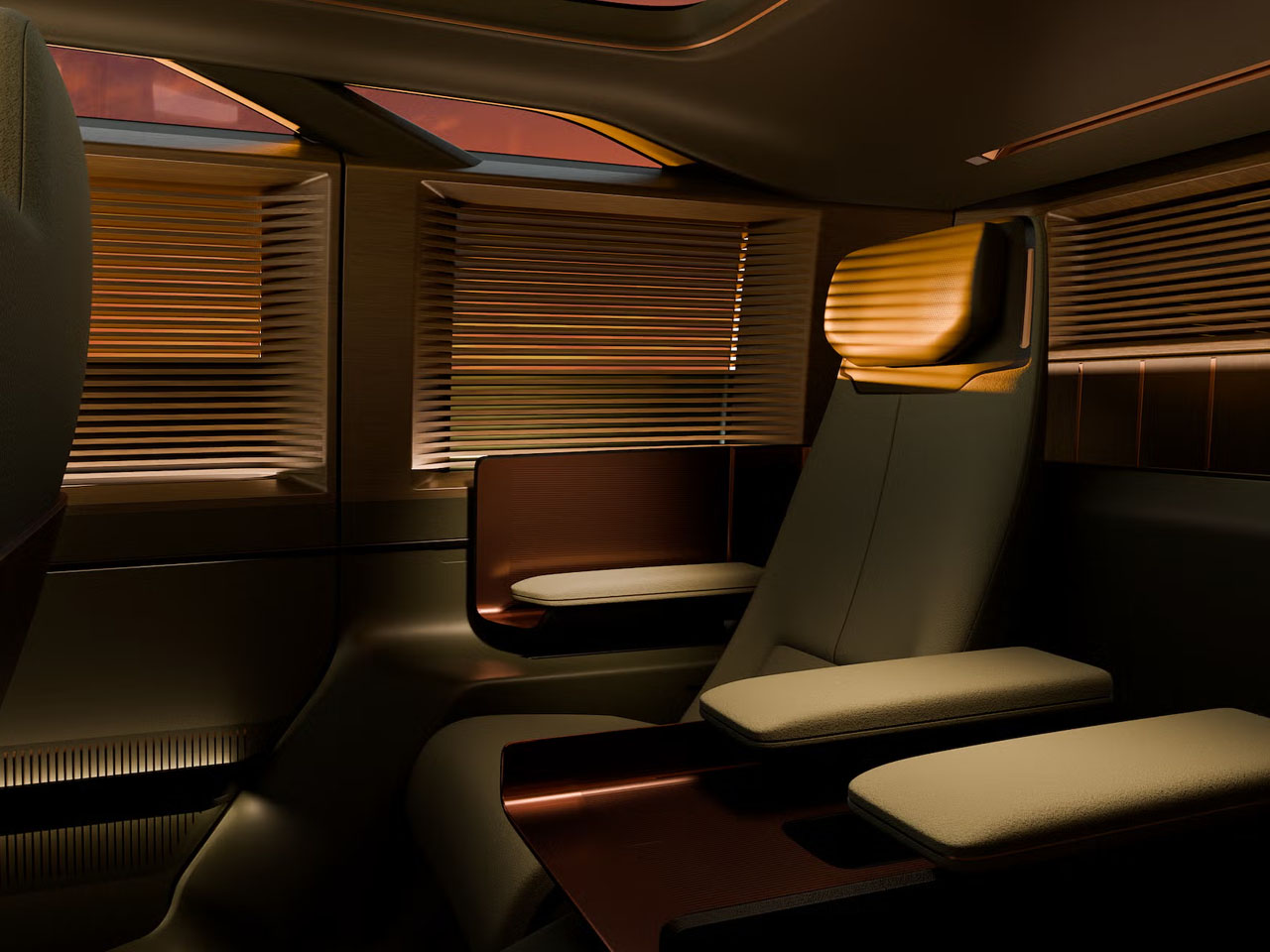
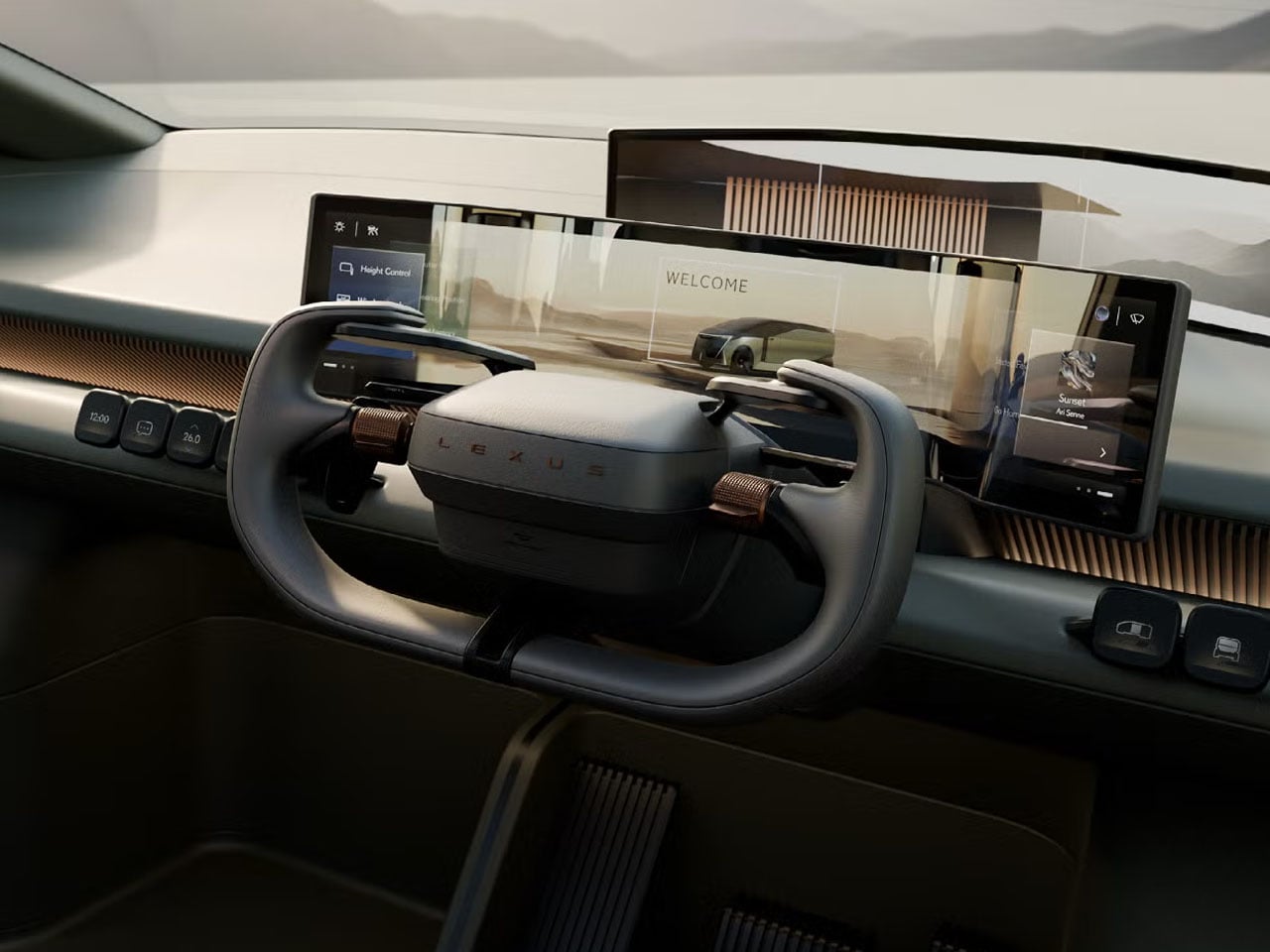
LS Micro Concept
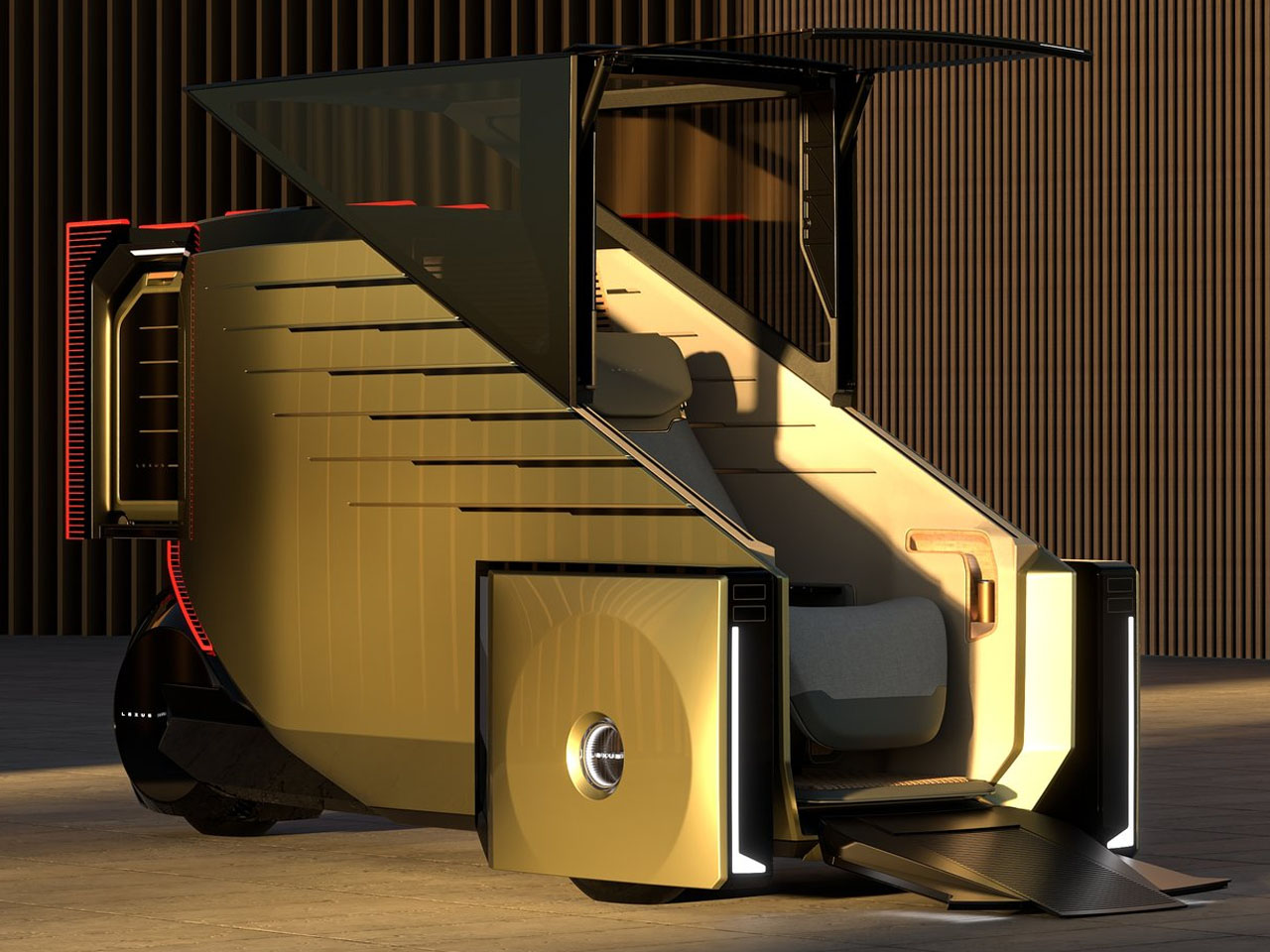
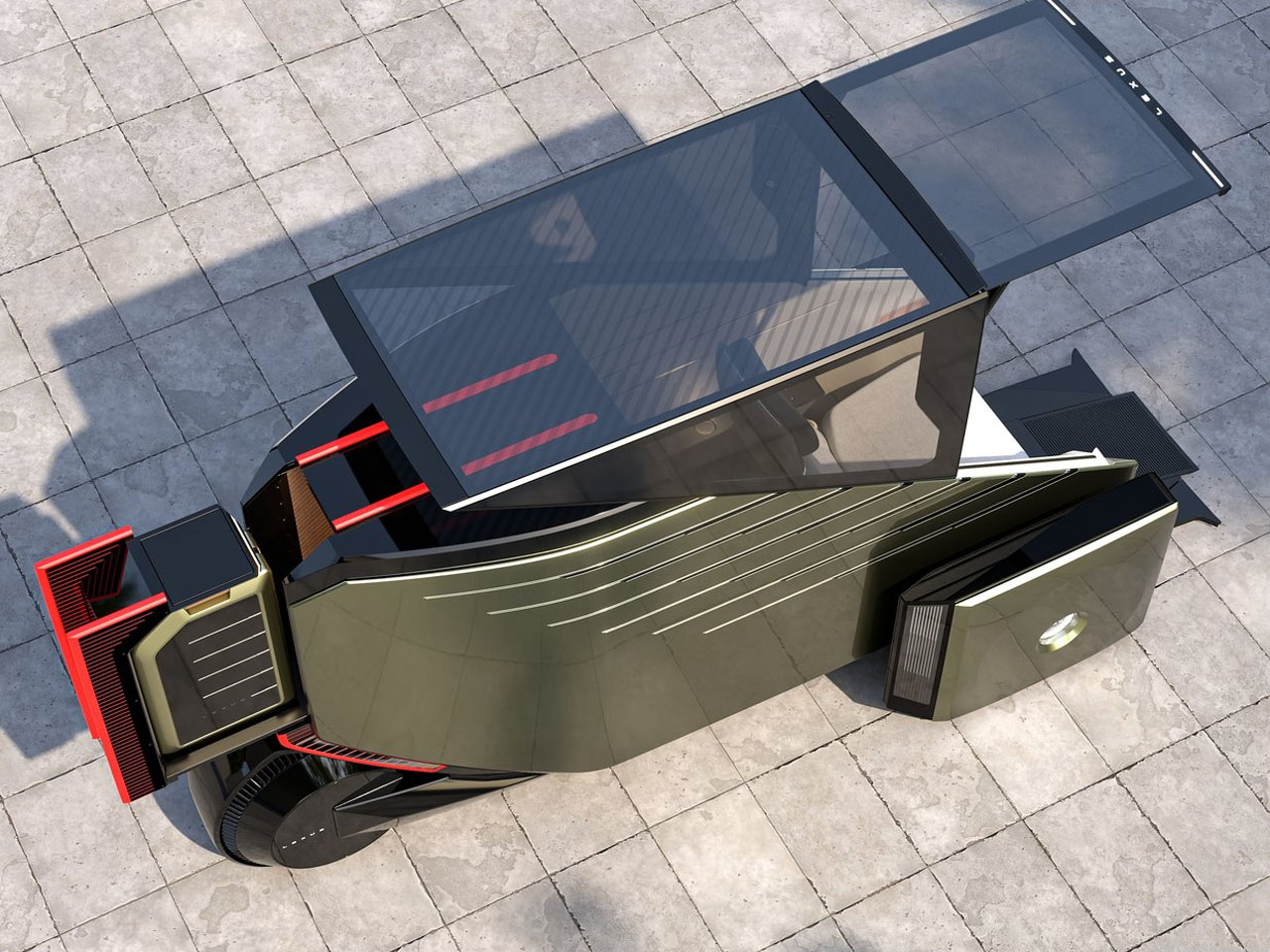
The LS Micro Concept is a single-seater, three-wheeled commuter tailored for tight spaces. To make the city travel a less stressful experience, the vehicle is self-driving and seems less likely to enter the production lines anytime in the future. The inside cabin can be opened up when there is more space freedom, but in the normal configuration, the vehicle seems quite claustrophobic.

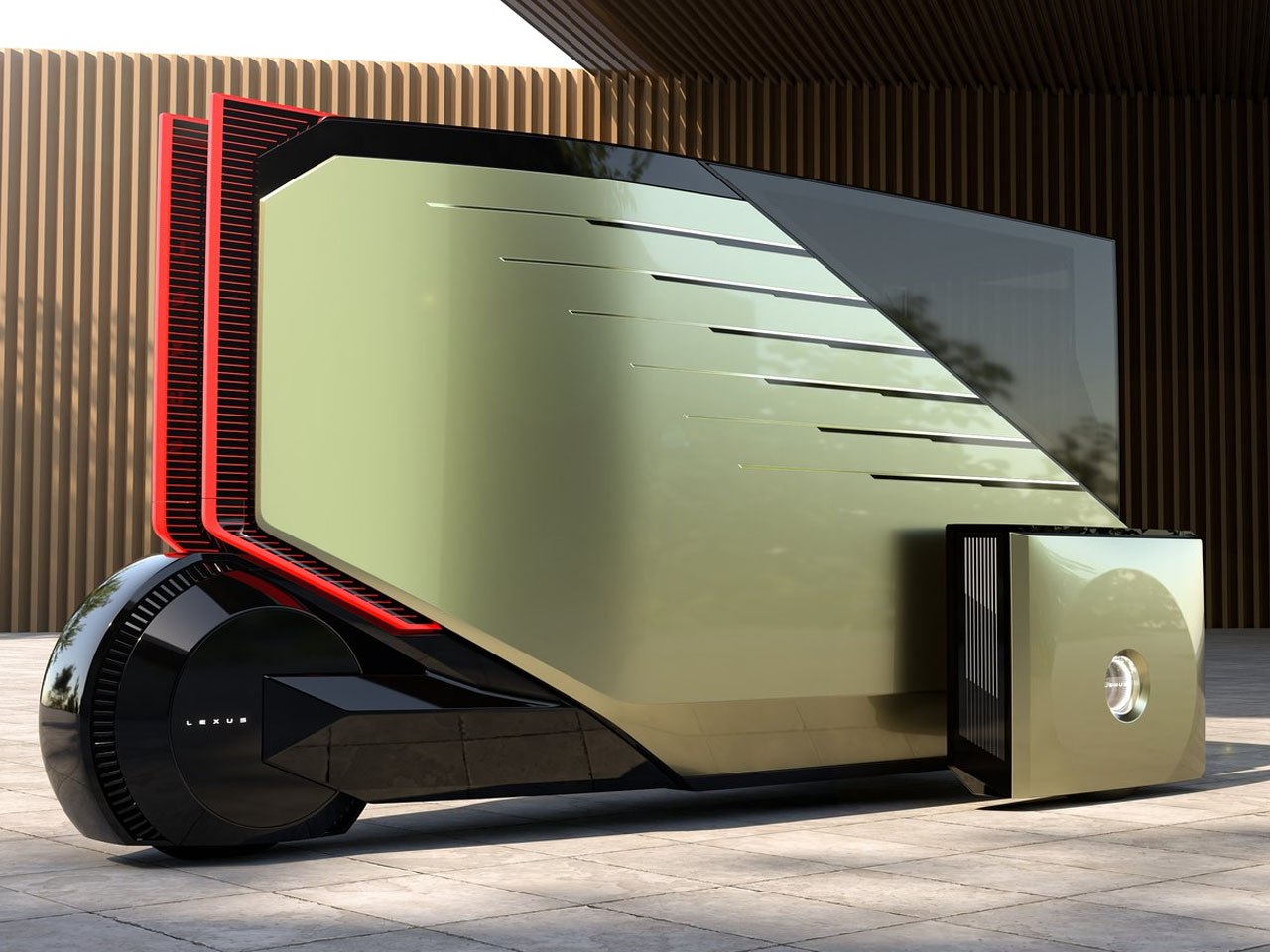
It’s more like a moving pod that’s loaded with a business-class-seat layout, much like the other Lexus cars. Unlike the LS Van, this one has a very closed configuration, with blacked-out translucent windows that signify the privacy aesthetic of the car. The trike is more suited to individuals who like to move solo and prefer a private setup to not get disturbed by the bustle of the city.
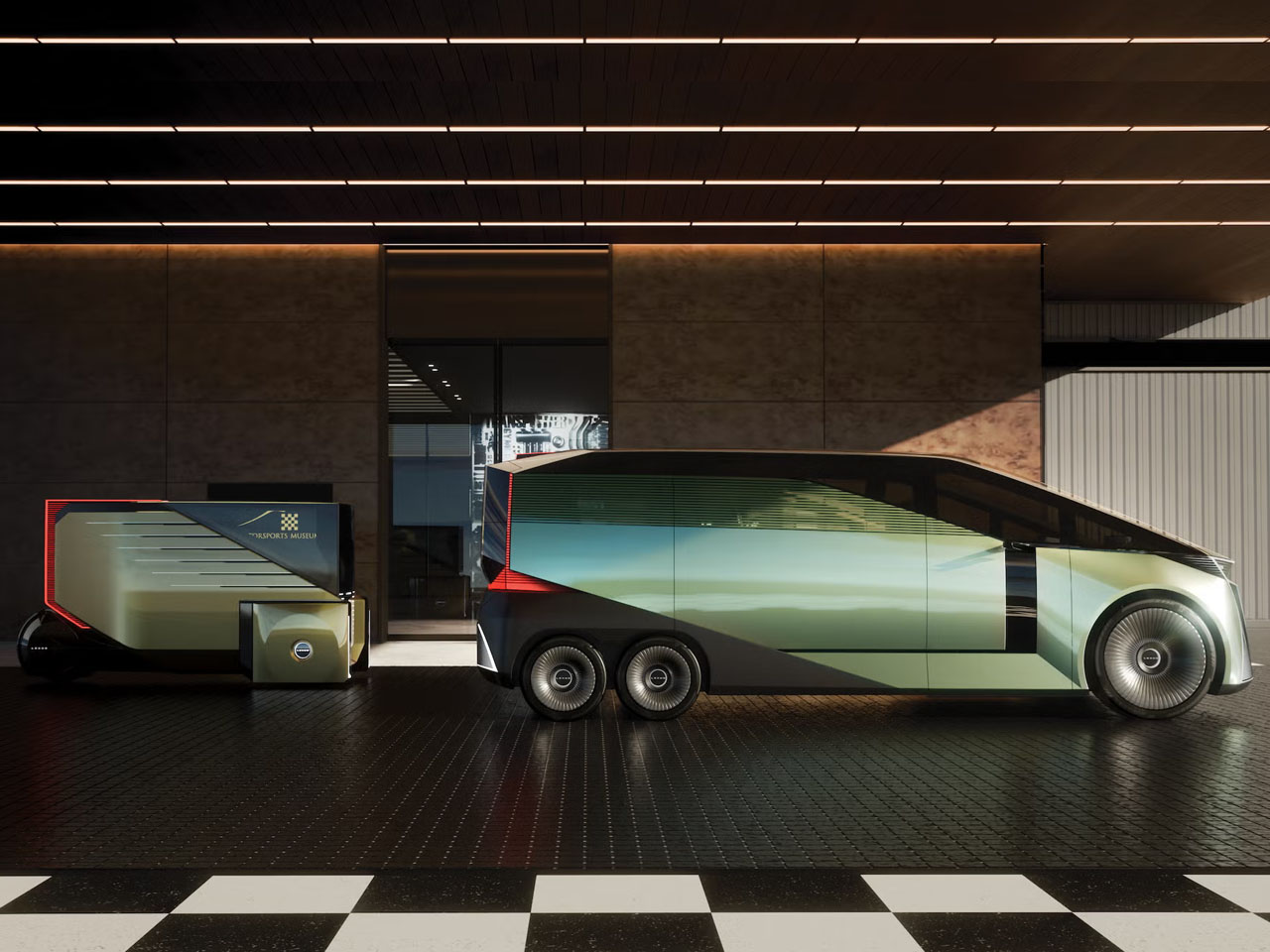
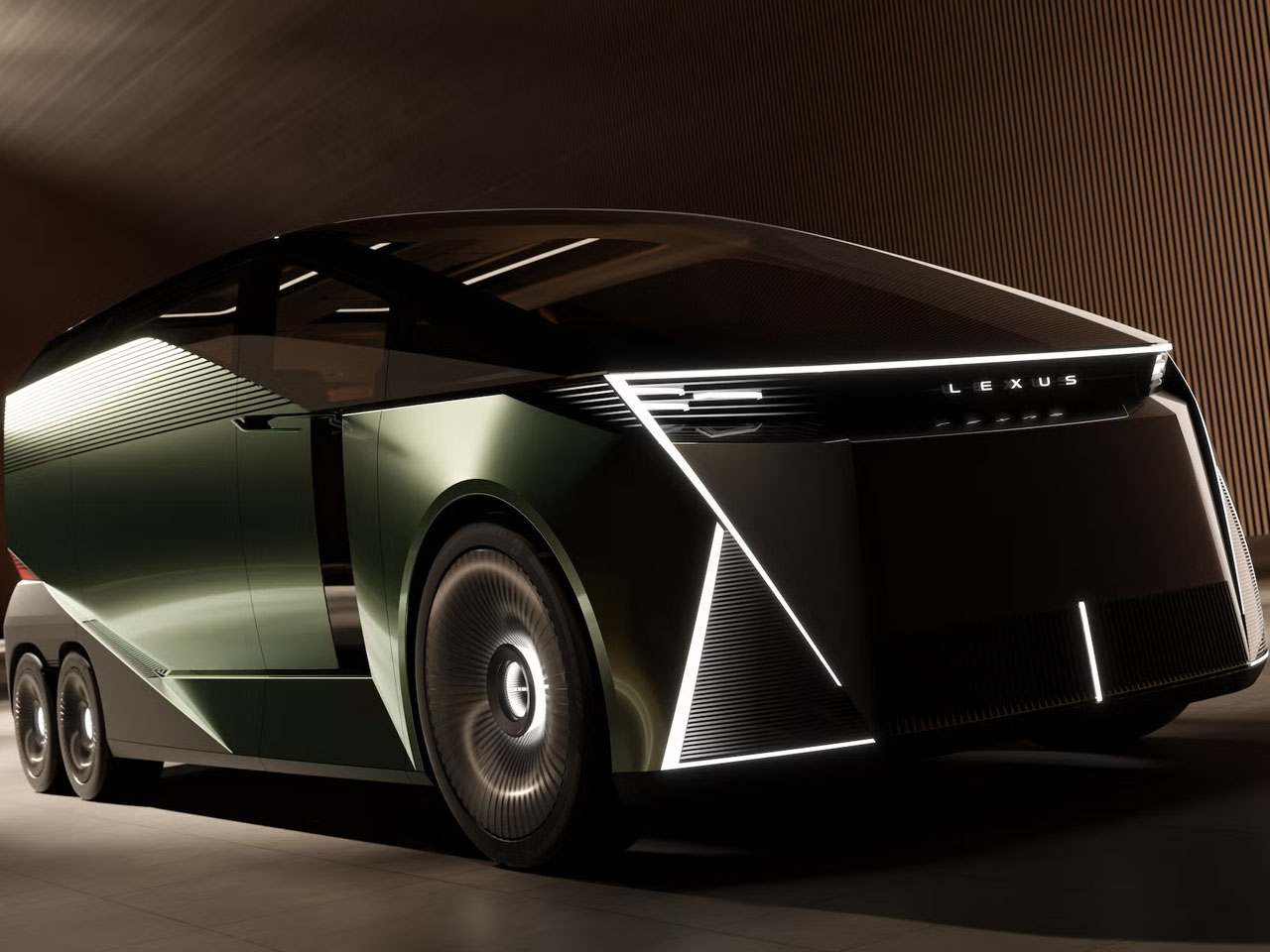
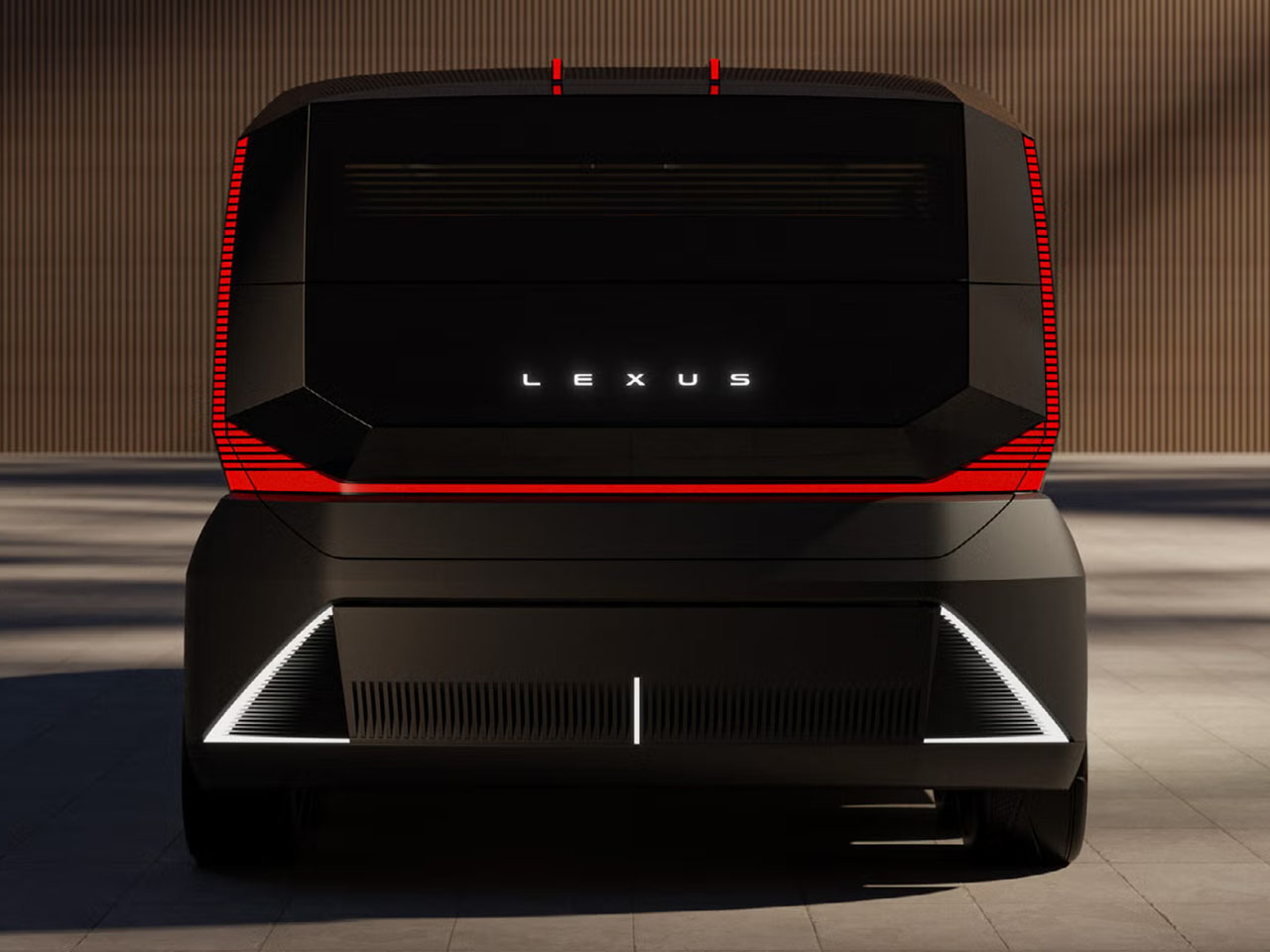
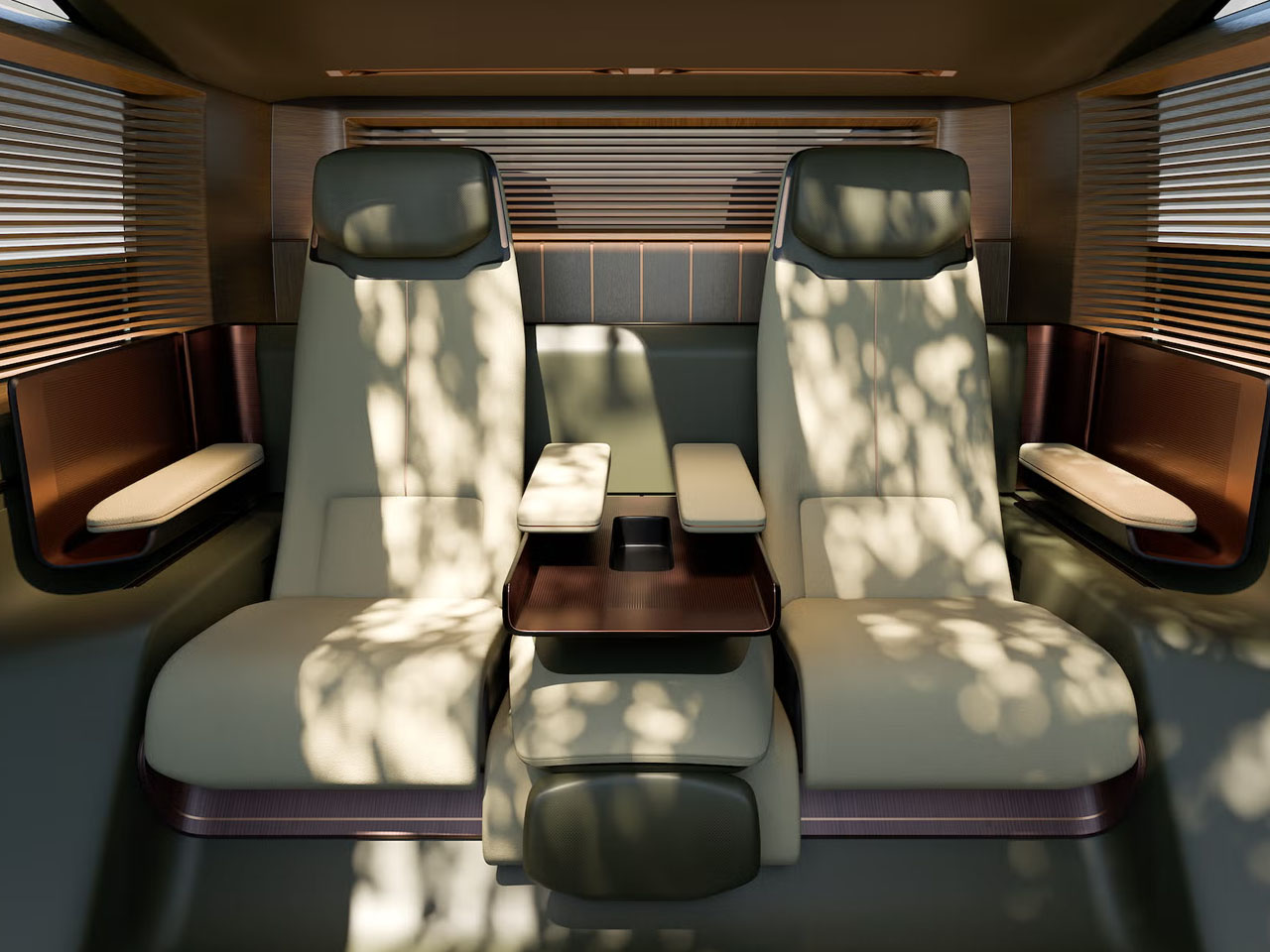
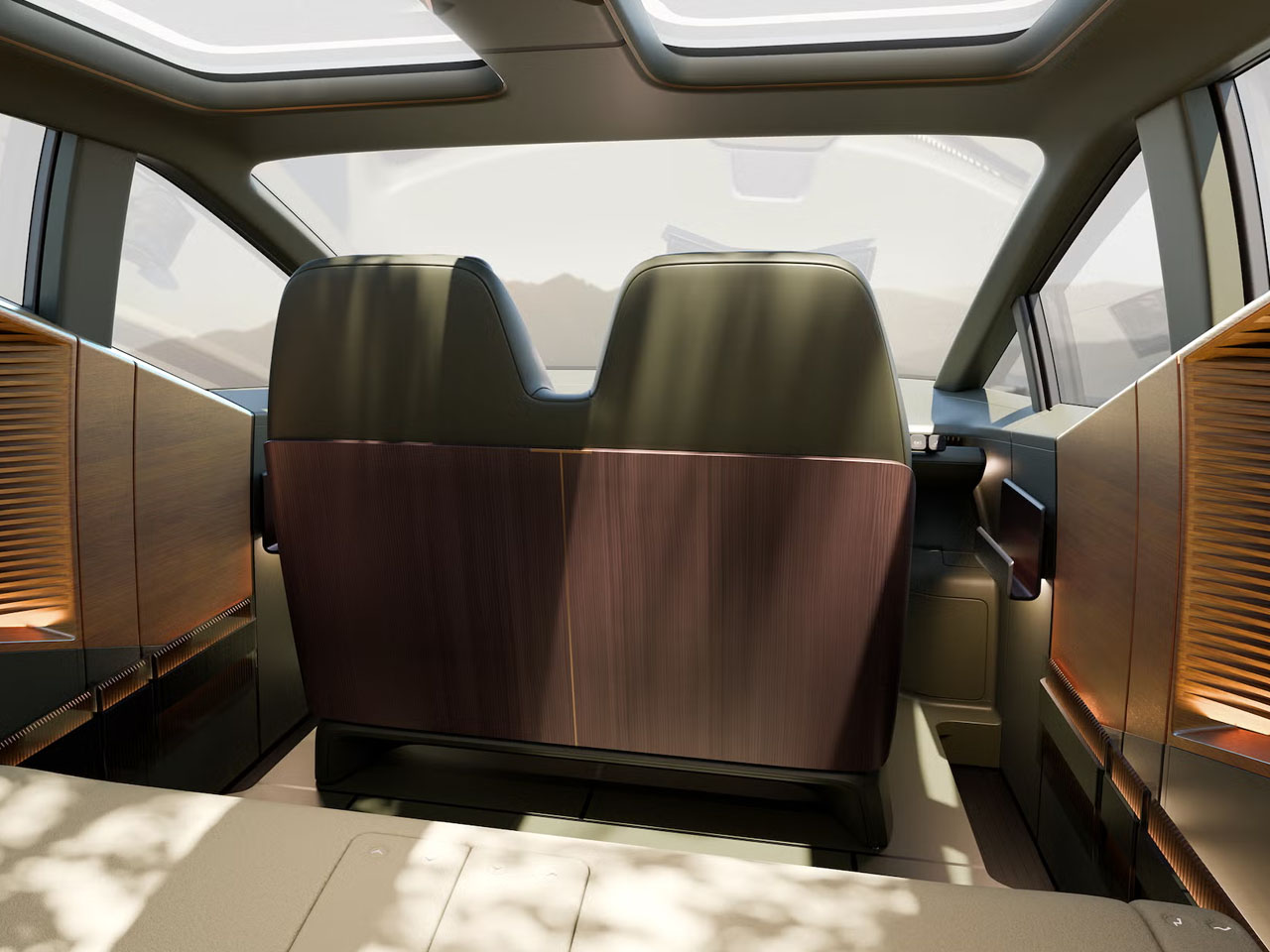
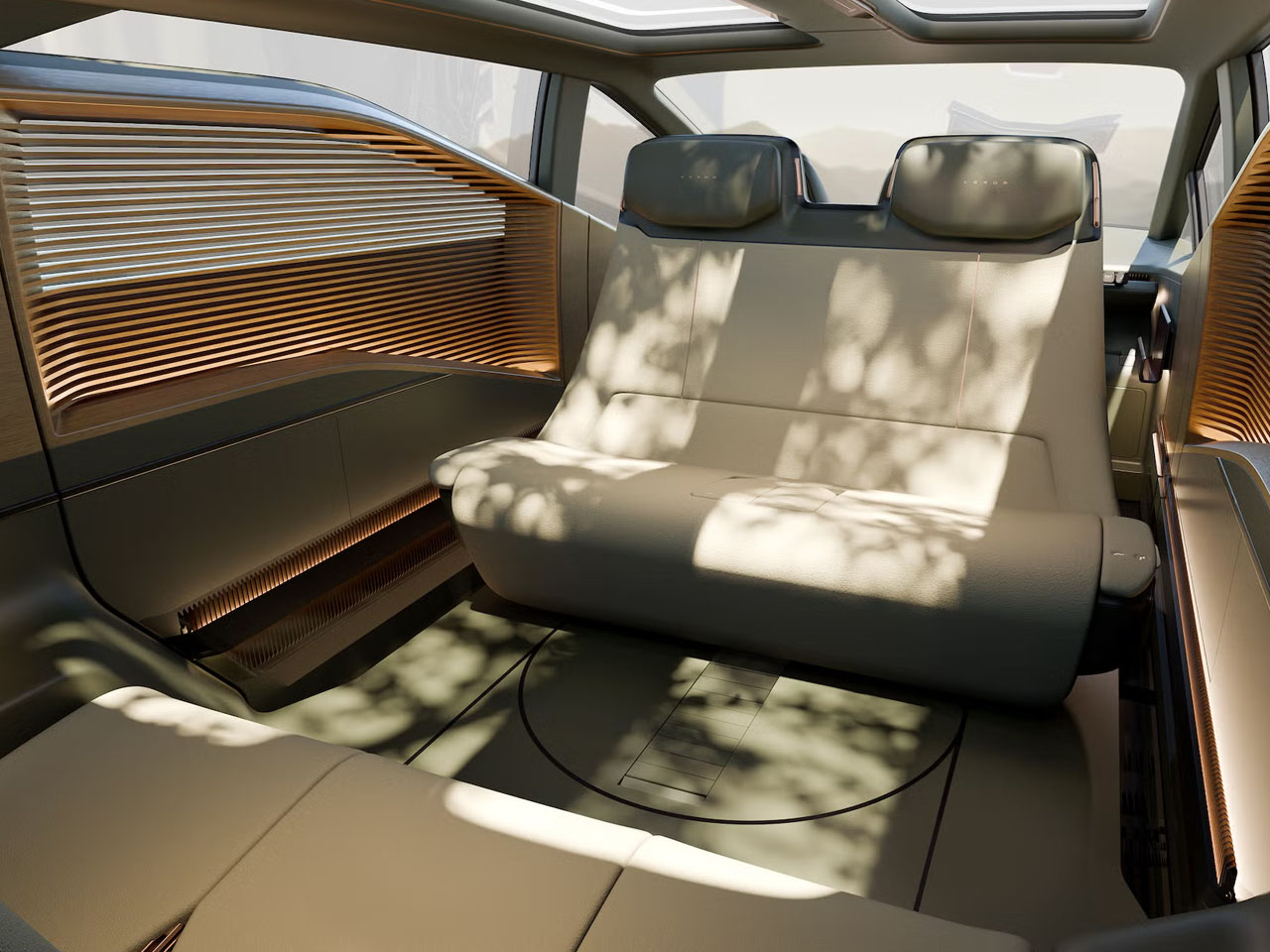
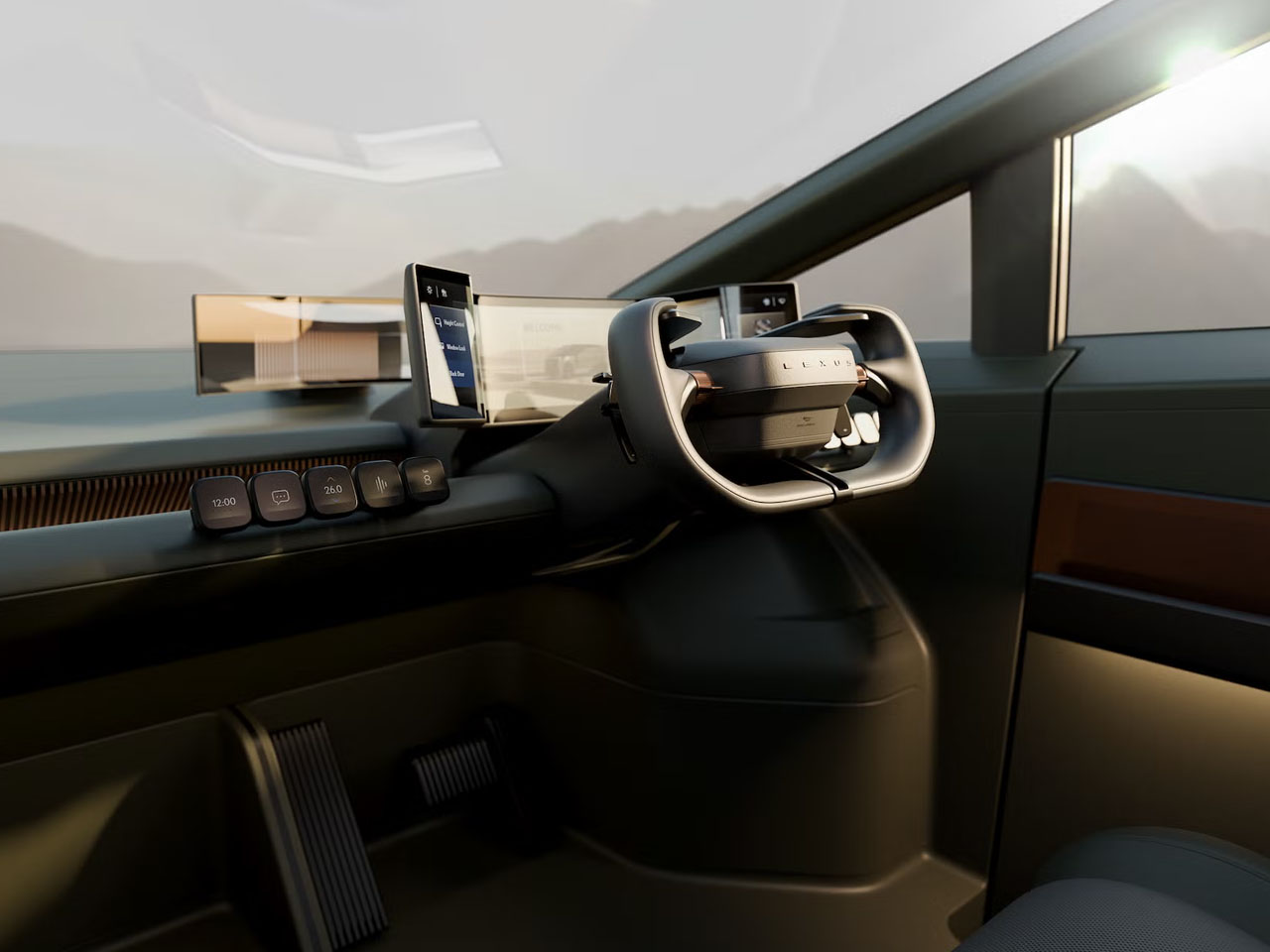
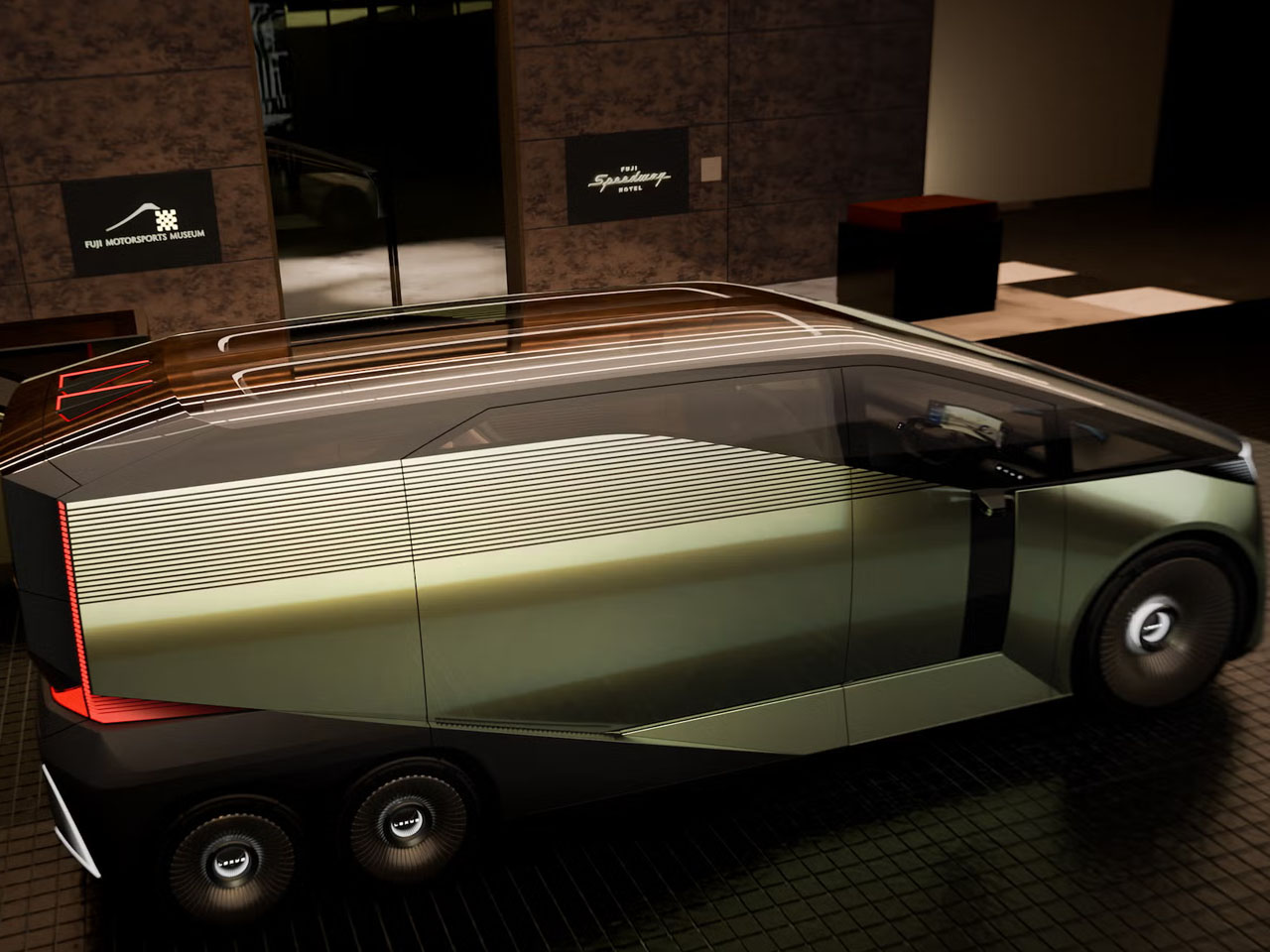
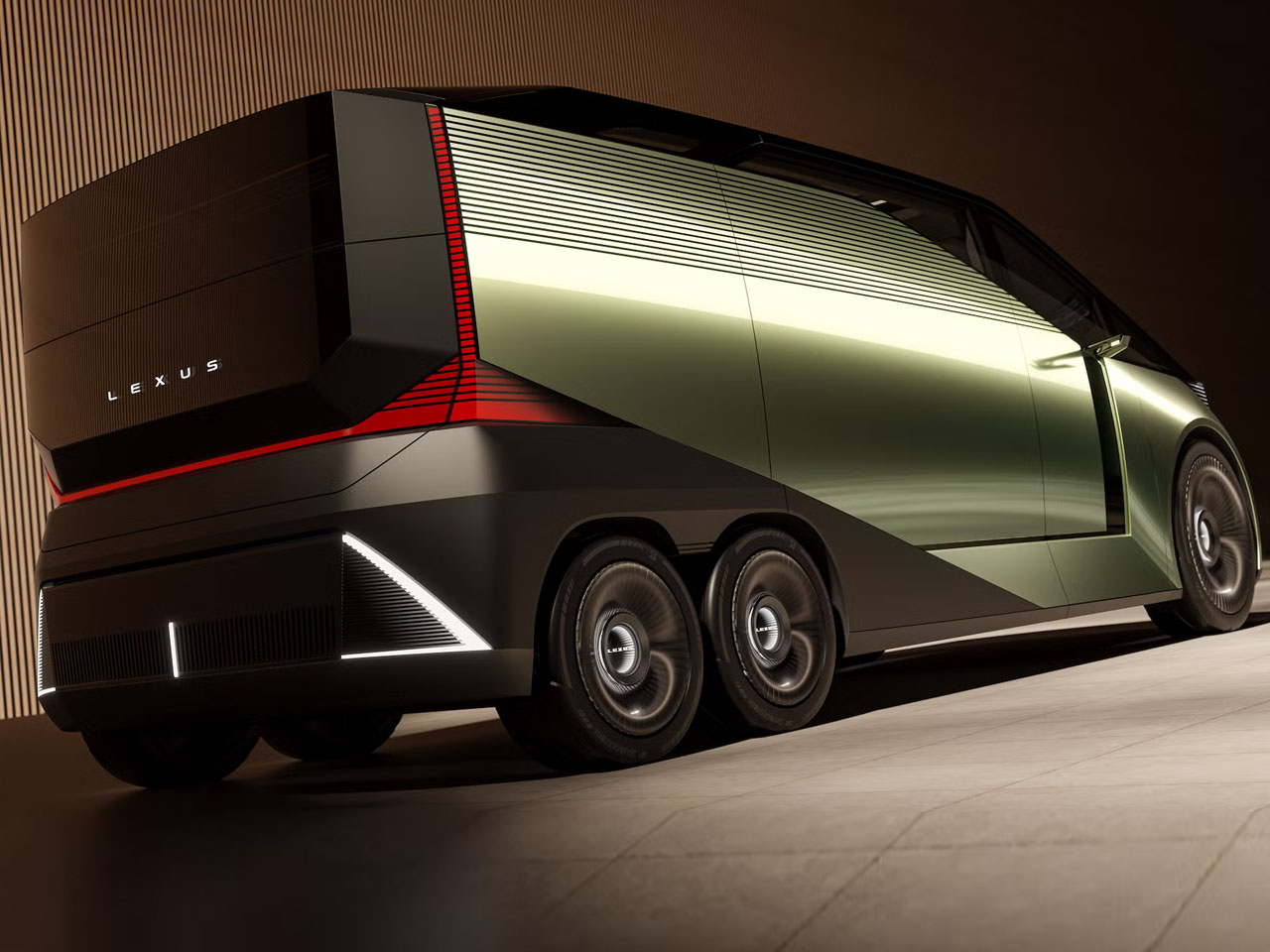
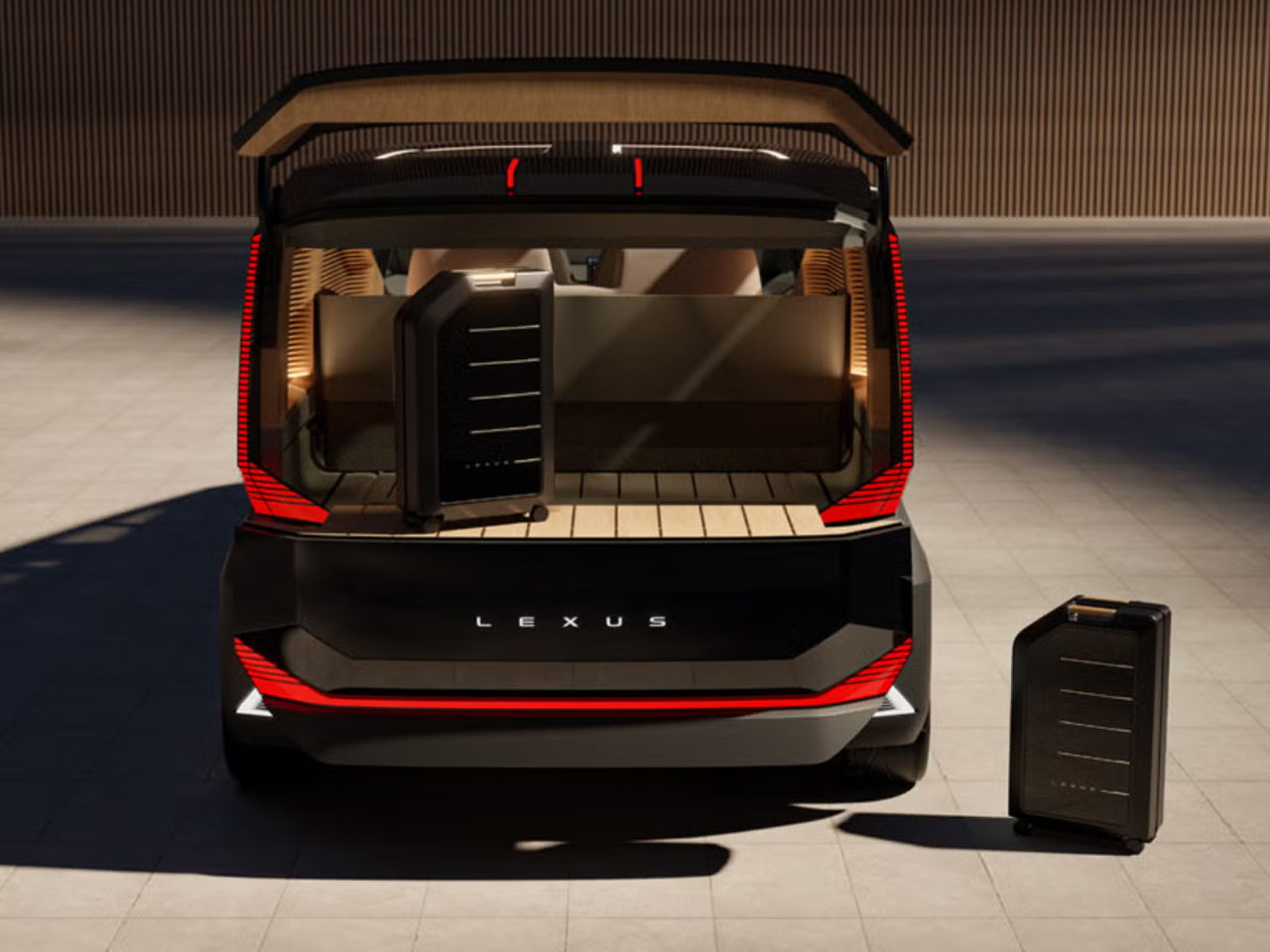
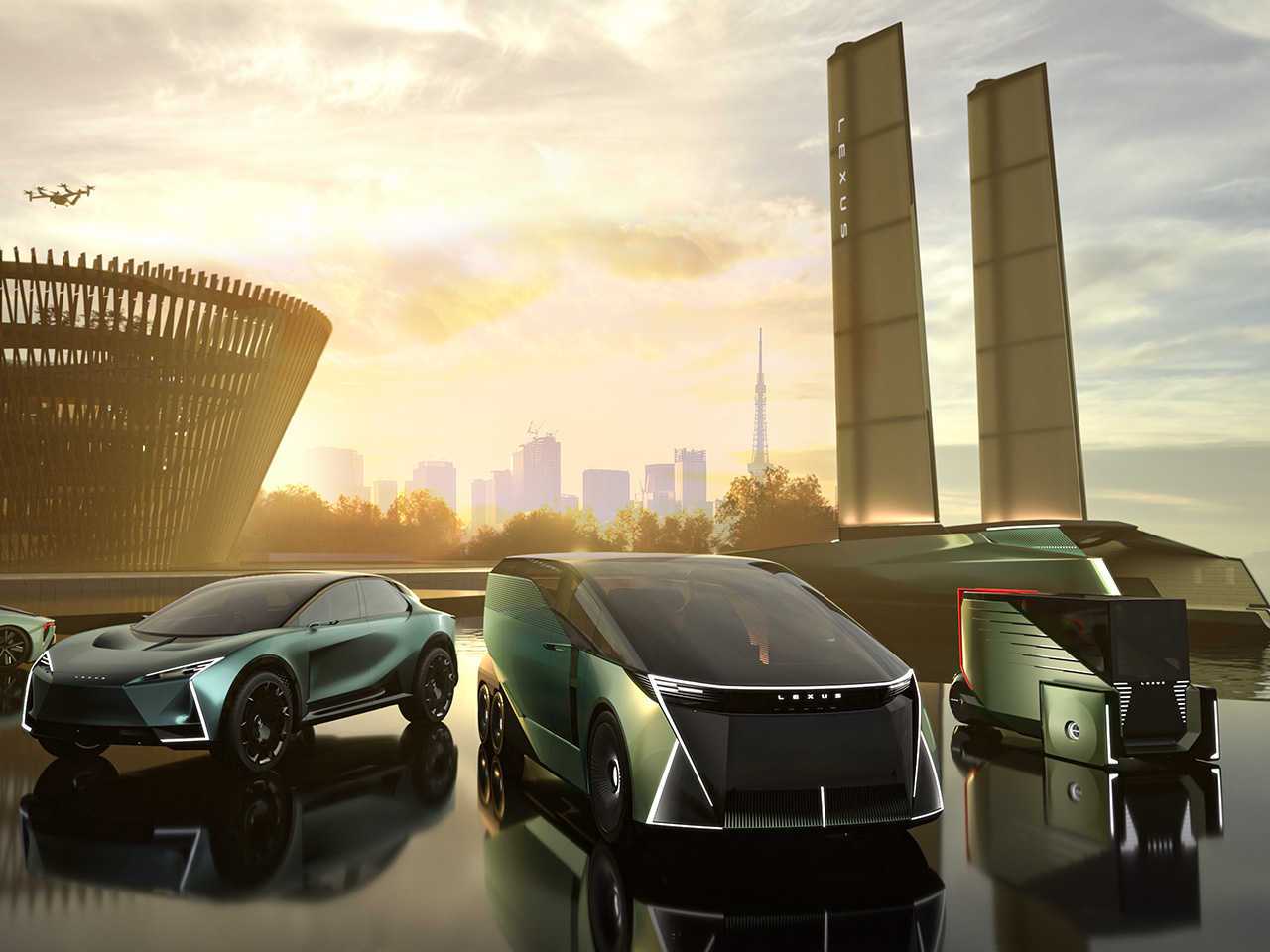
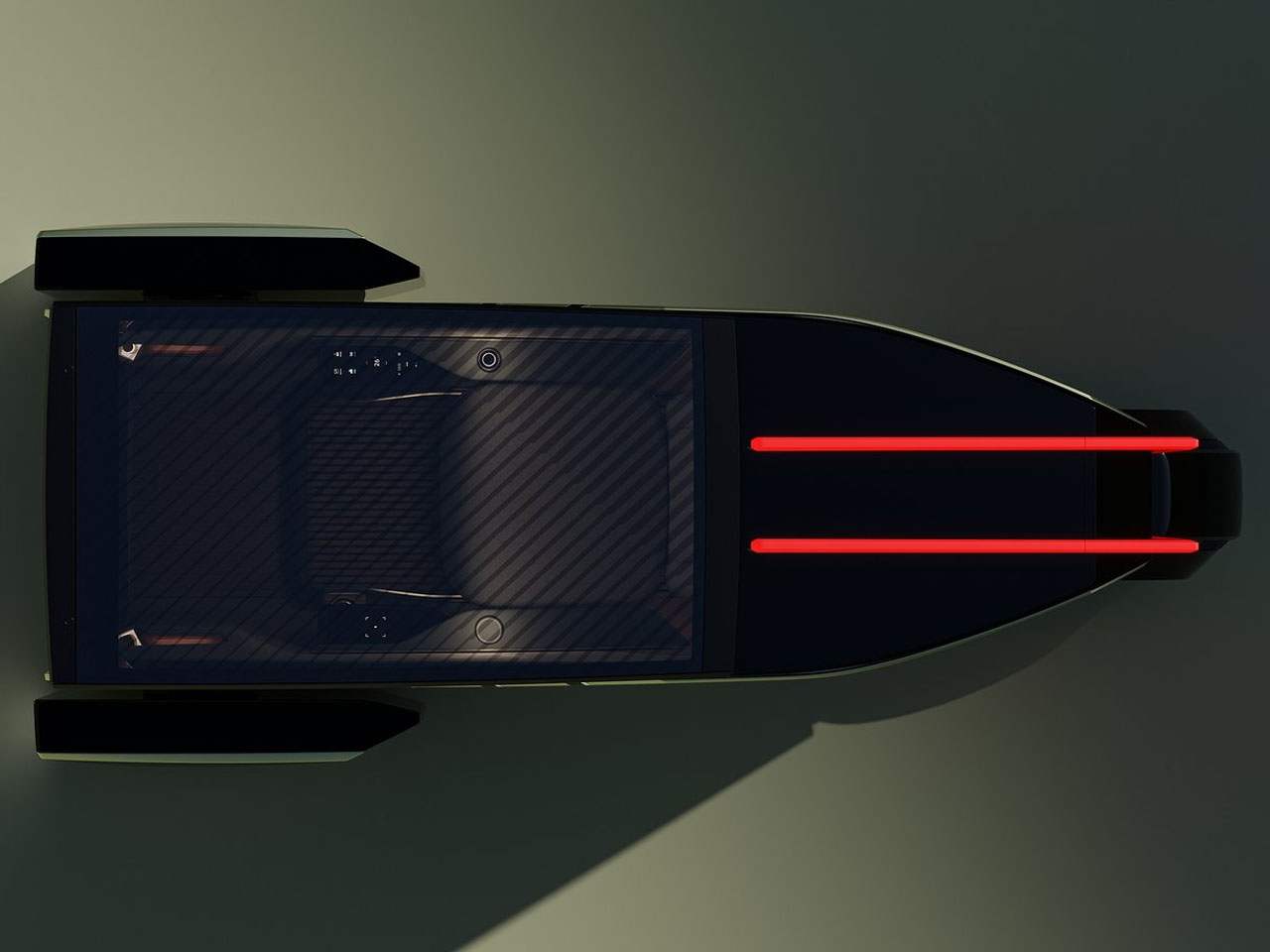
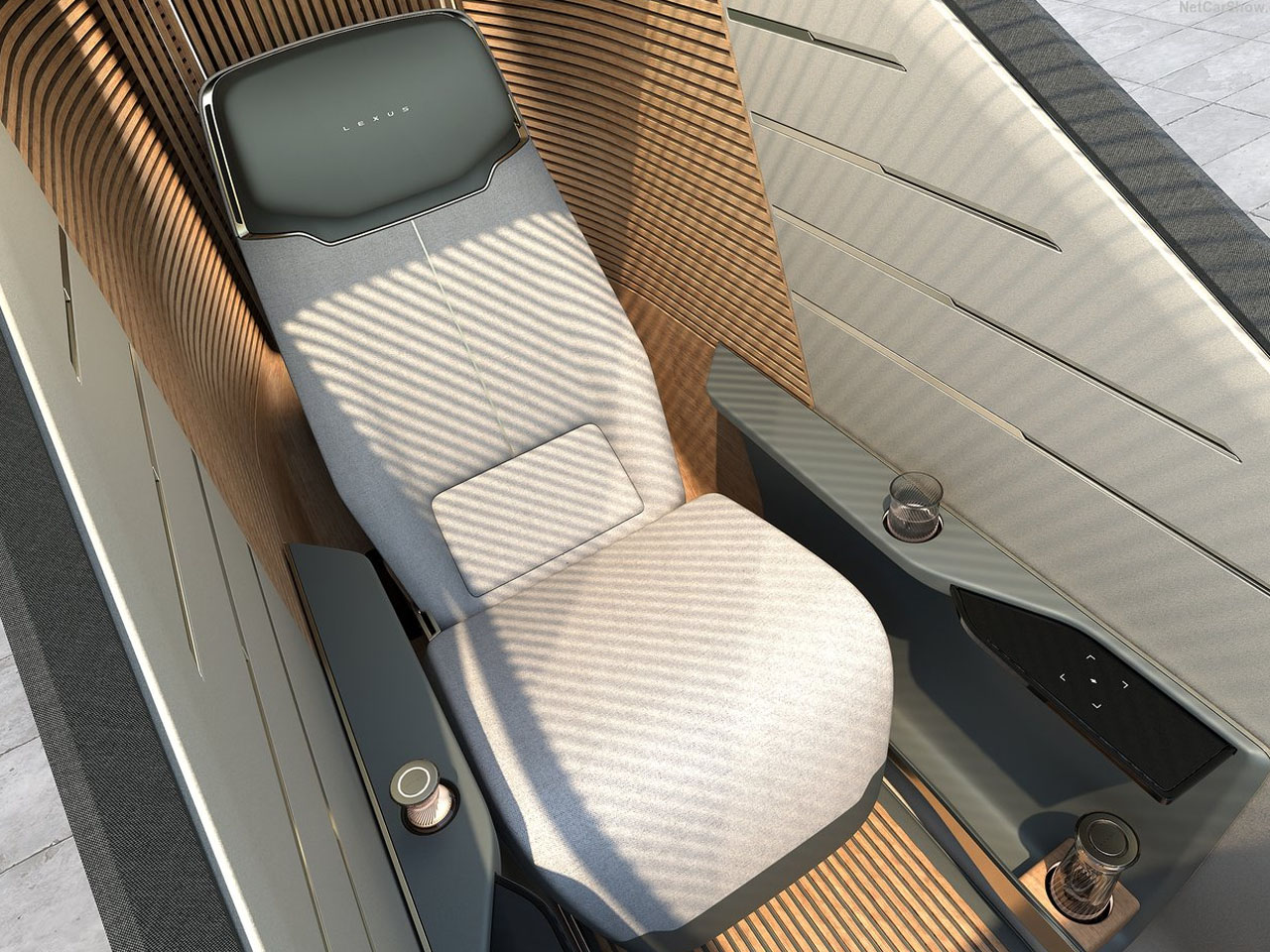
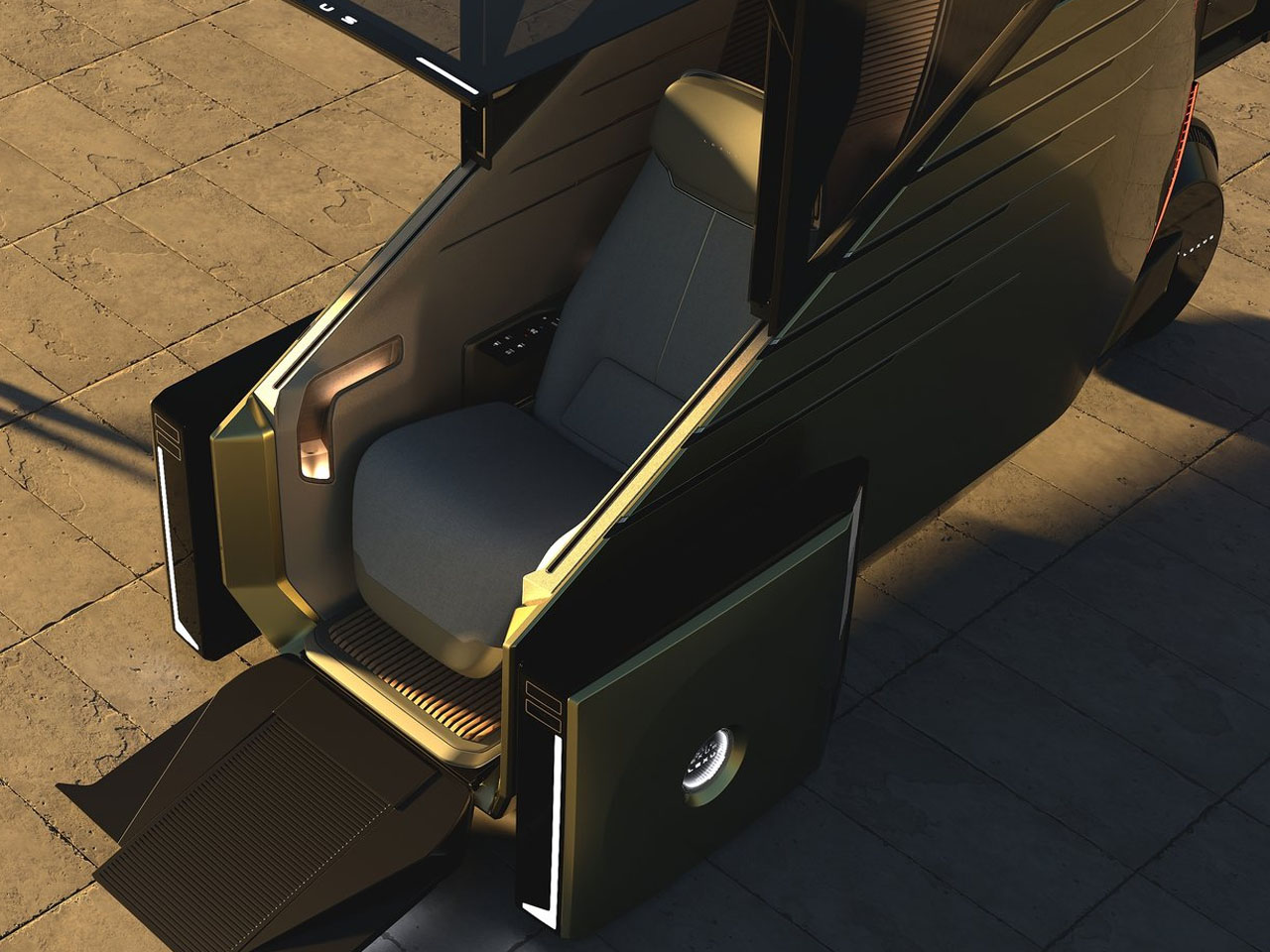

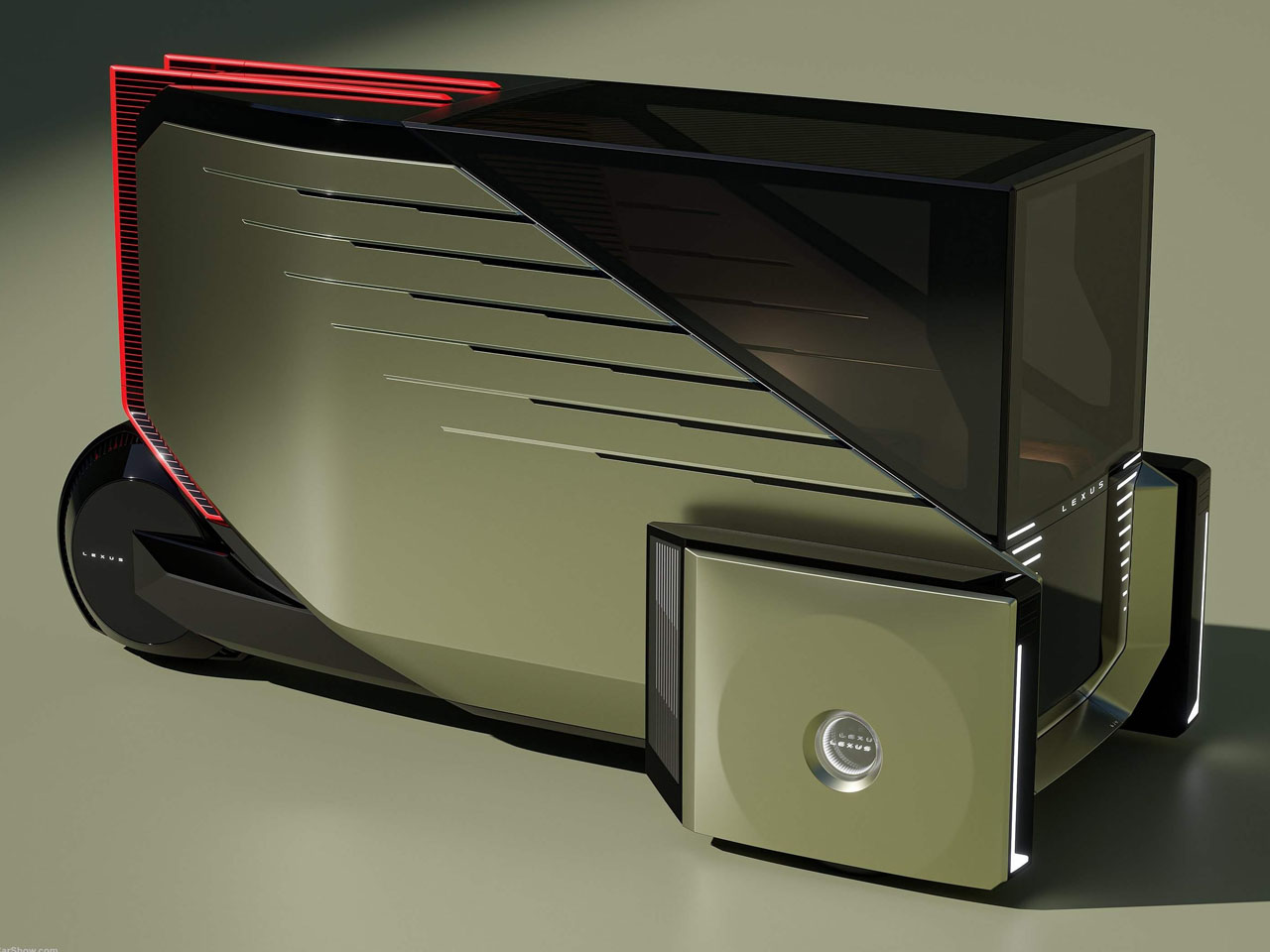
The post Lexus LS Van Concept is a future-ready motorhome for digital nomads first appeared on Yanko Design.














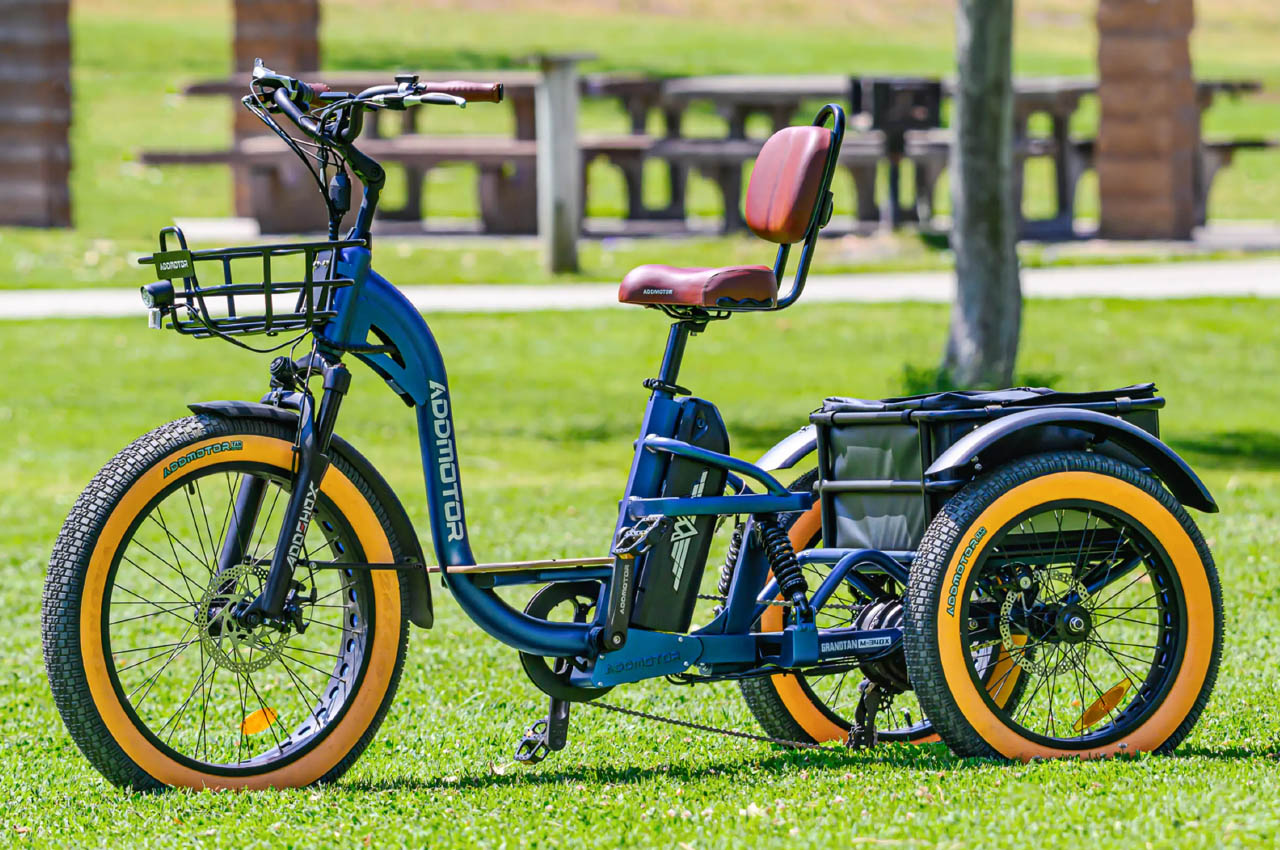
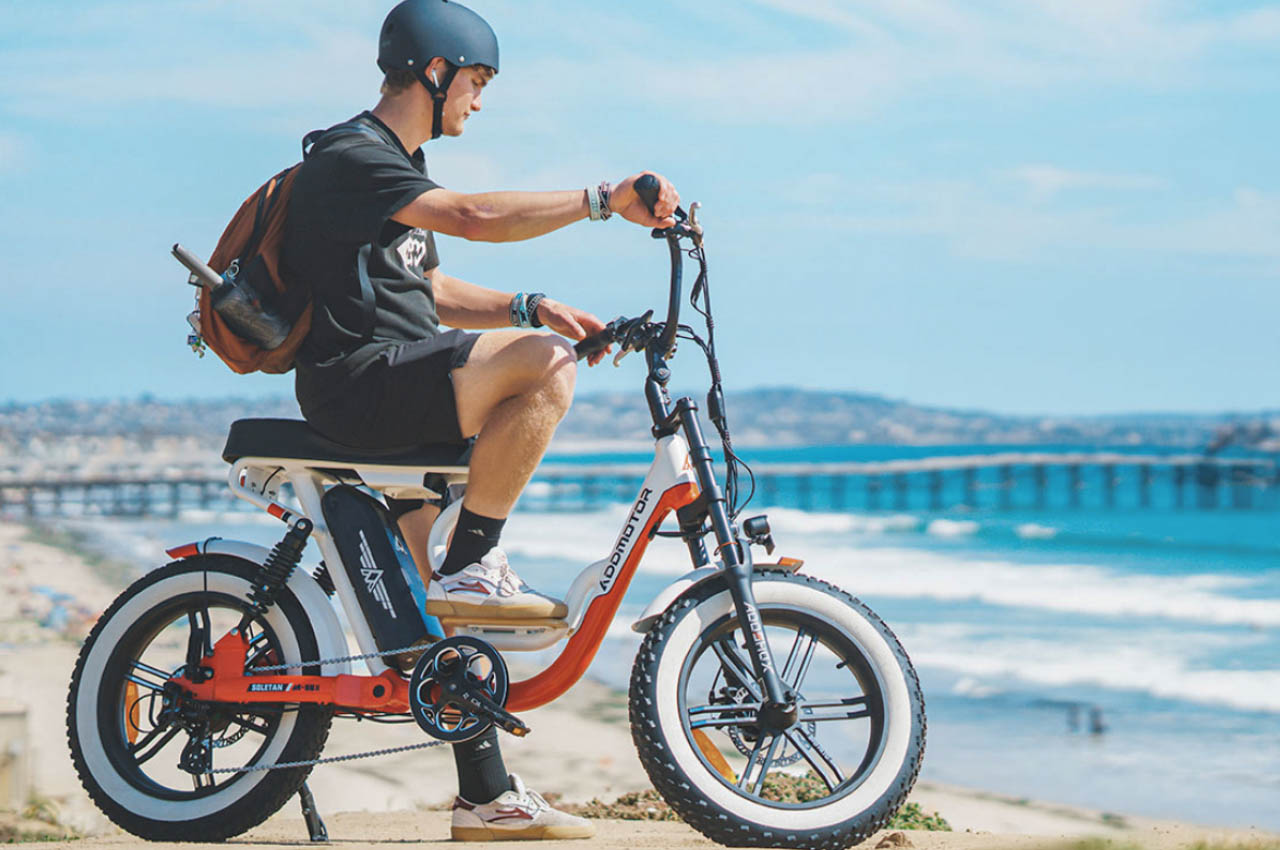
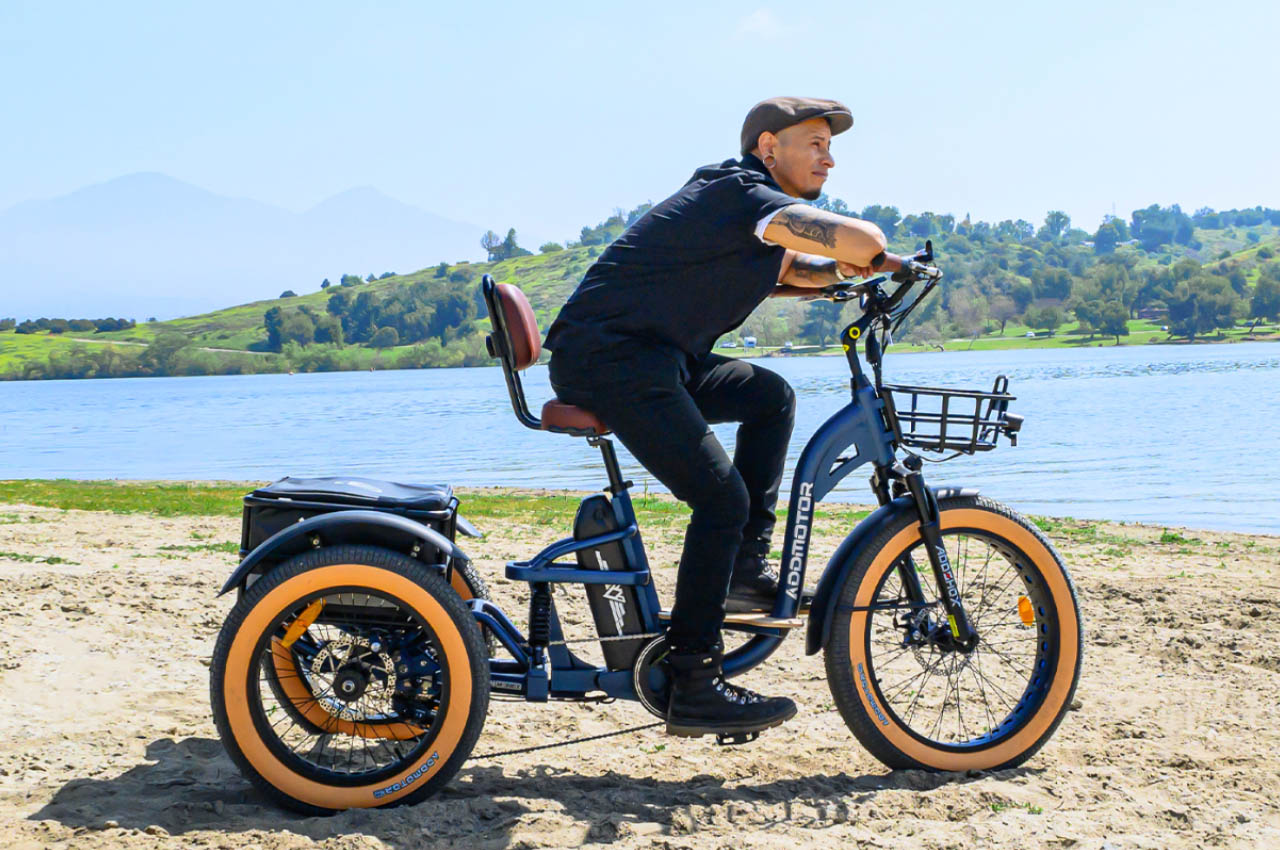
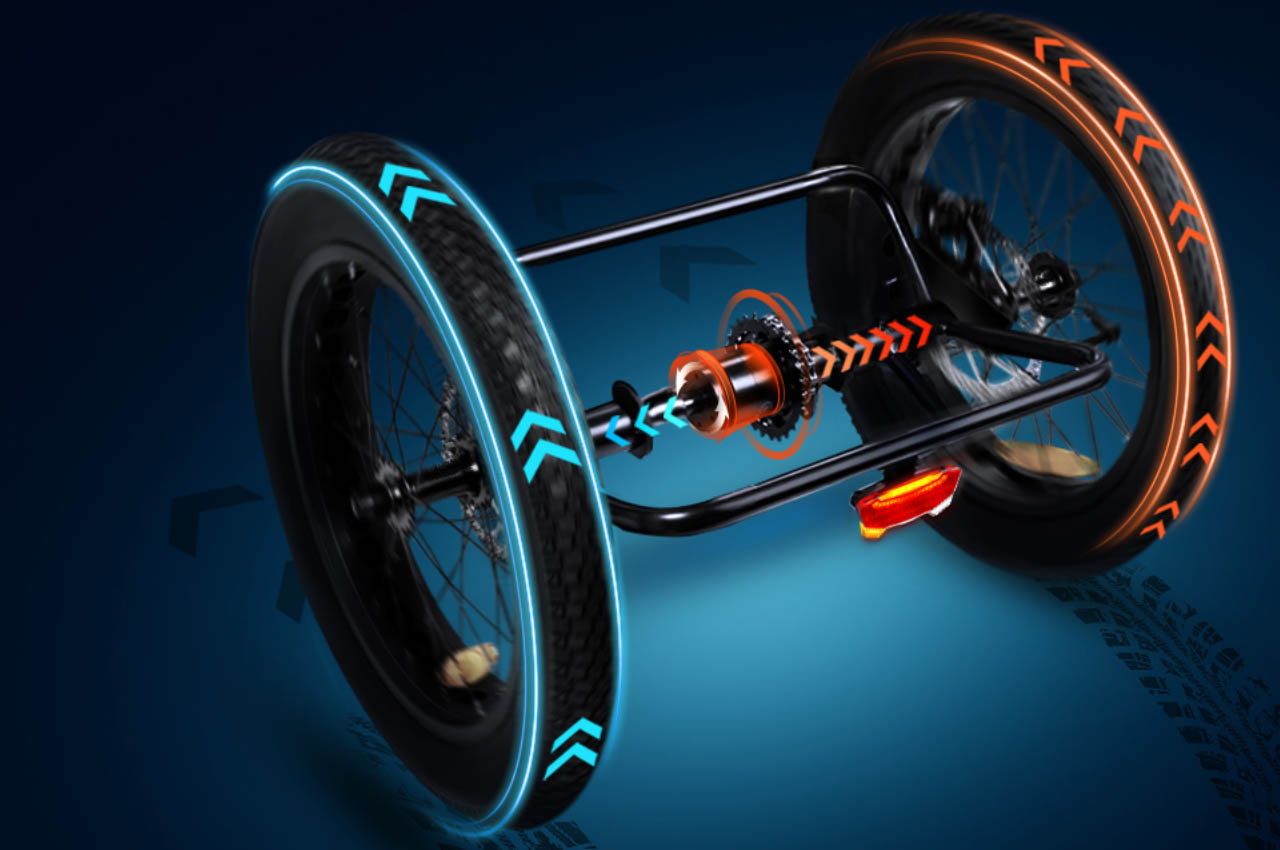
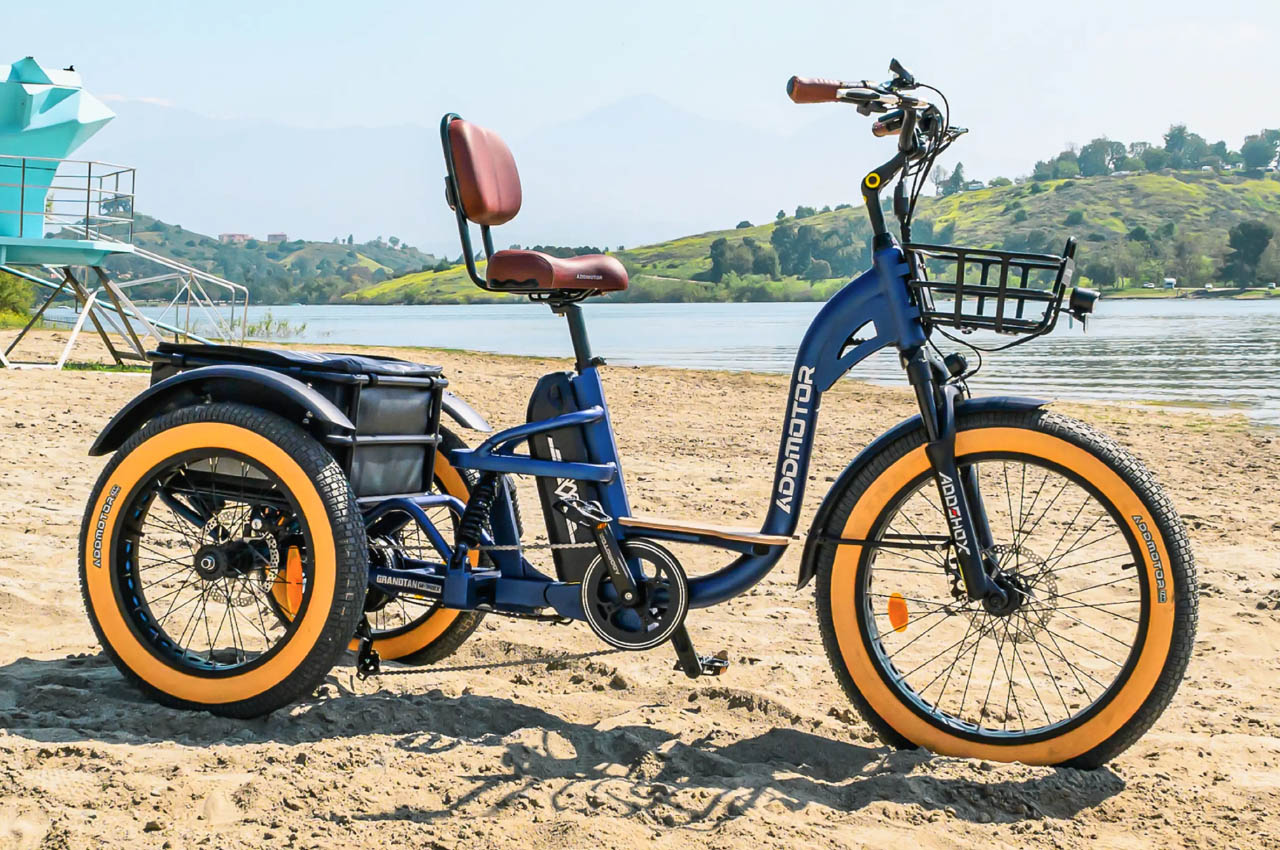
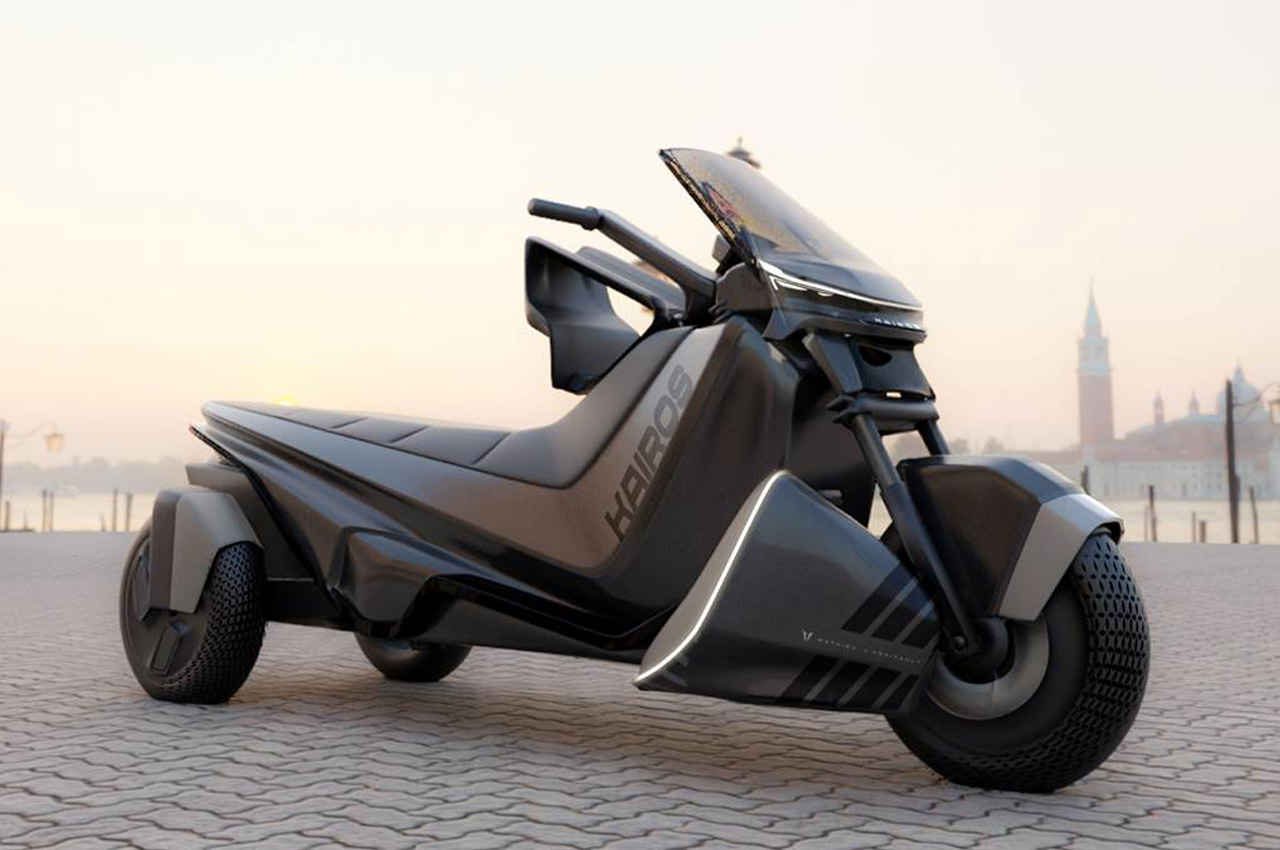
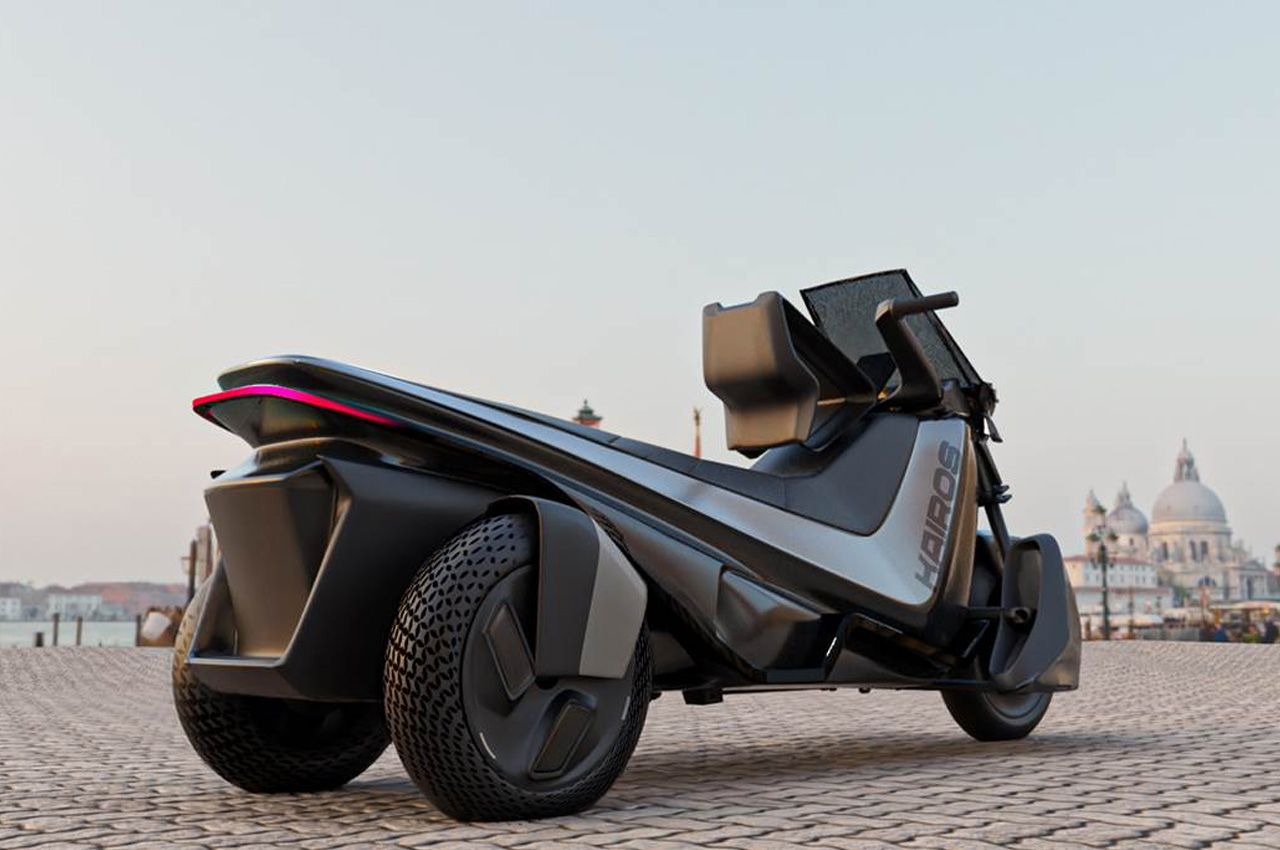
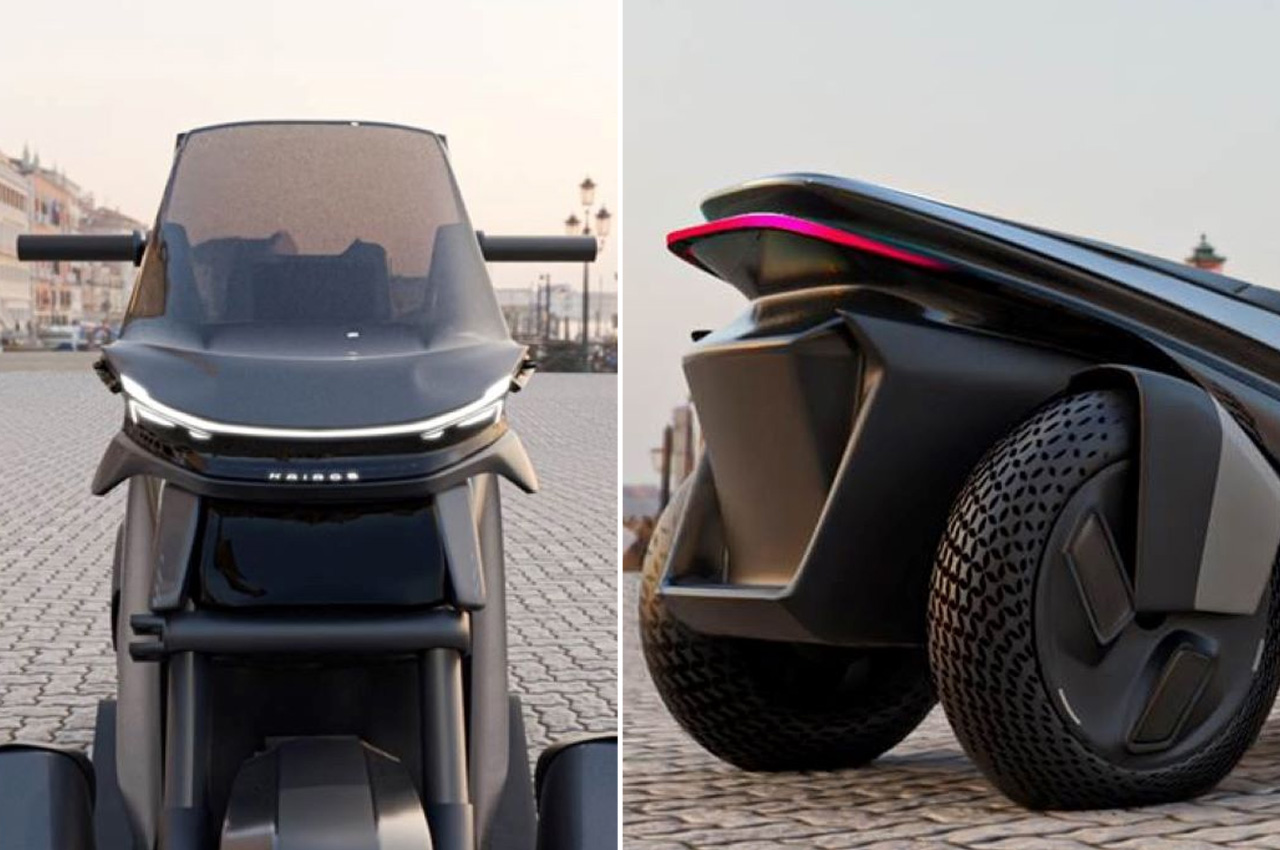
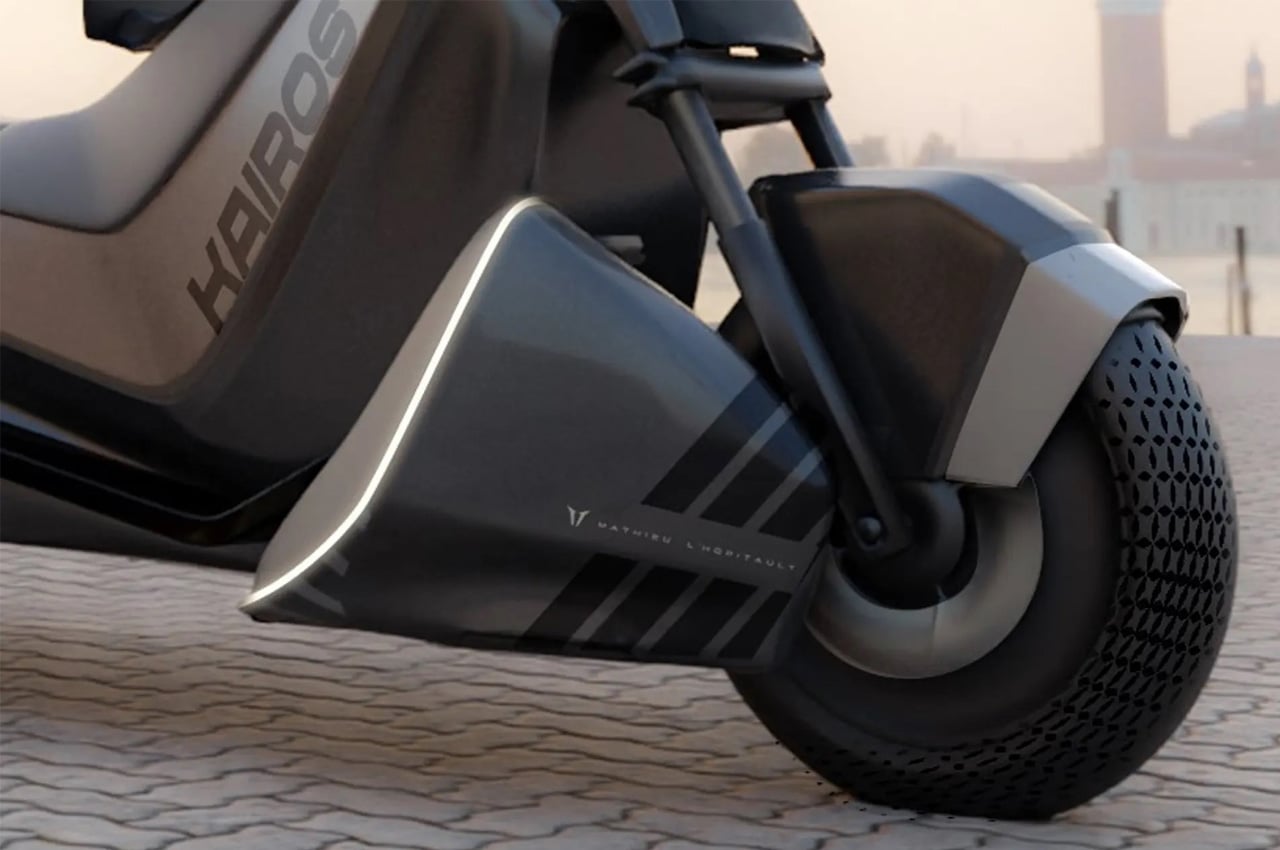
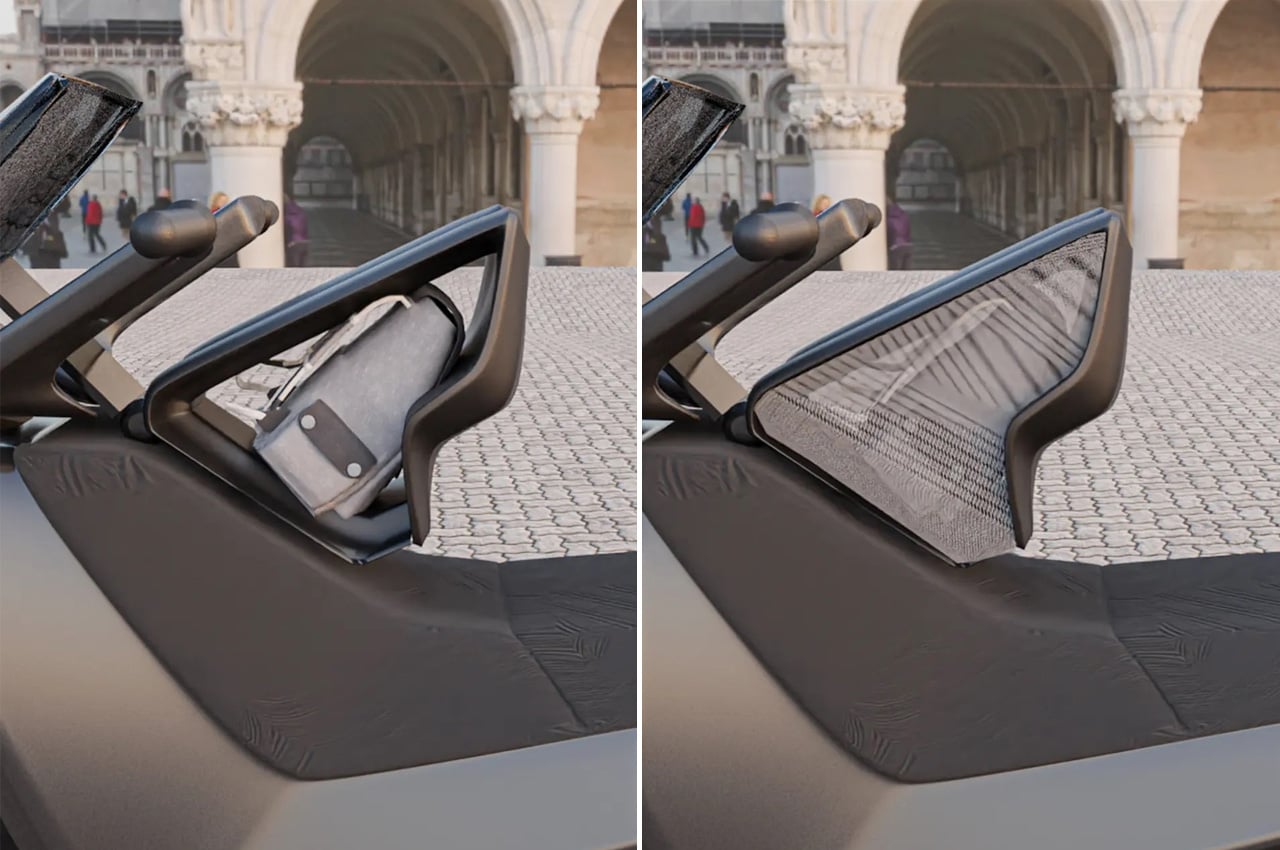 Collisions are also a probability, so these MLEs help absorb a frontal impact. There’s a triangle-shaped structure called Programmed Restraint Device (PRD) just behind the cockpit that dissipates the energy of the collision and also keeps the rider from going over the handlebar. The crumble zones of the vehicle act as a cargo storage space which is as added benefit. In case of a rear impact, the wheels detach and the frame disintegrates to prevent the driver from being crushed if the vehicle flips over.
Collisions are also a probability, so these MLEs help absorb a frontal impact. There’s a triangle-shaped structure called Programmed Restraint Device (PRD) just behind the cockpit that dissipates the energy of the collision and also keeps the rider from going over the handlebar. The crumble zones of the vehicle act as a cargo storage space which is as added benefit. In case of a rear impact, the wheels detach and the frame disintegrates to prevent the driver from being crushed if the vehicle flips over.